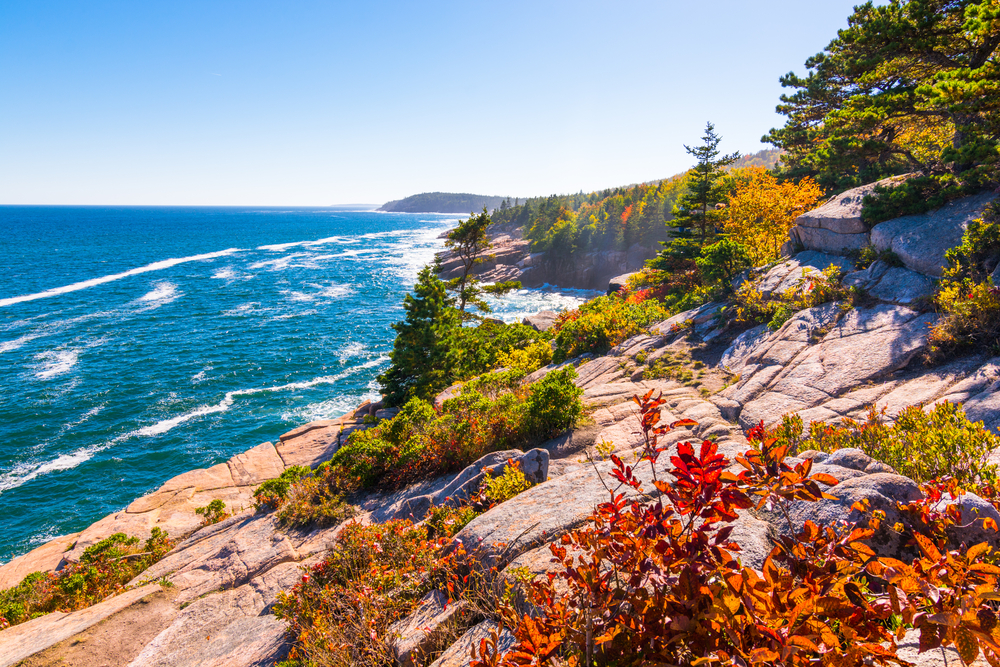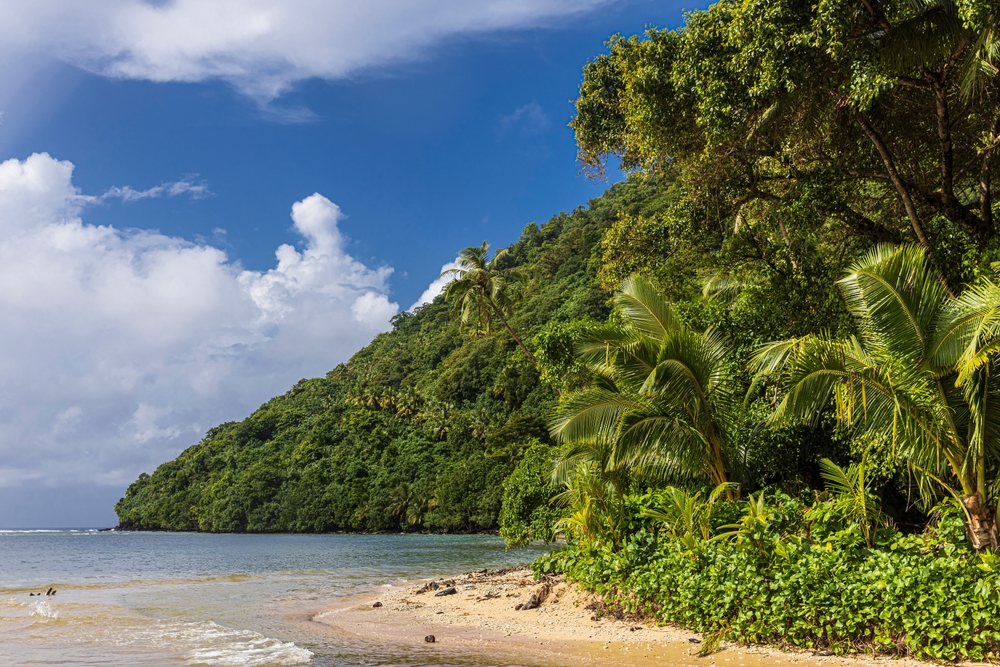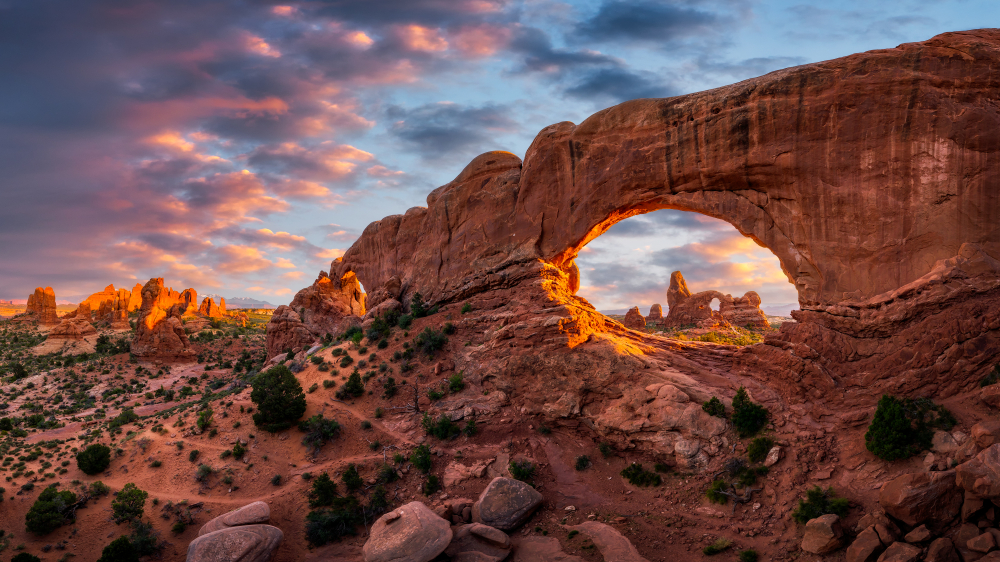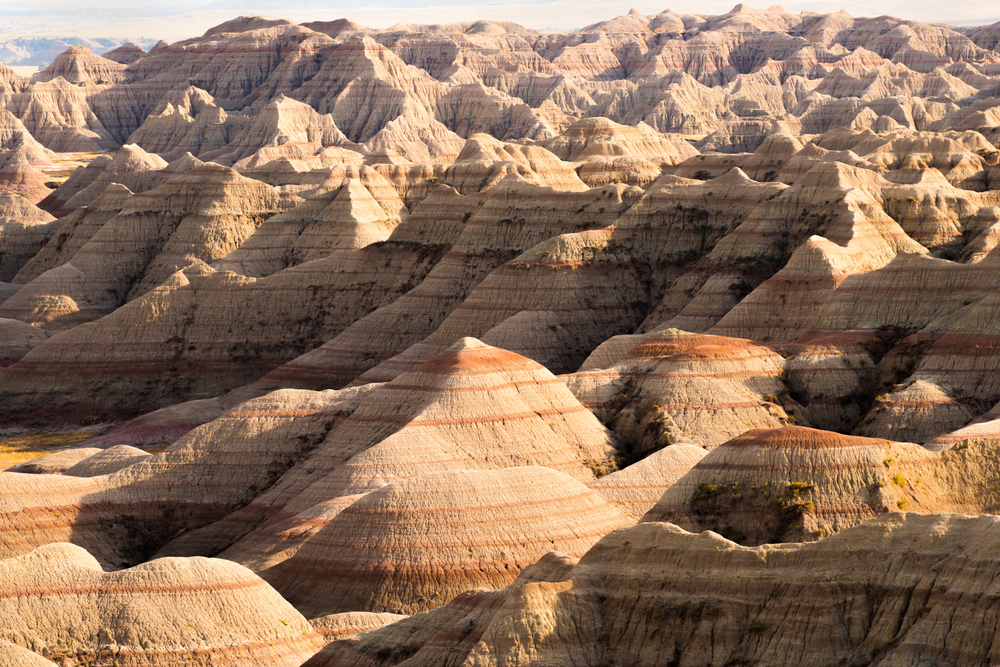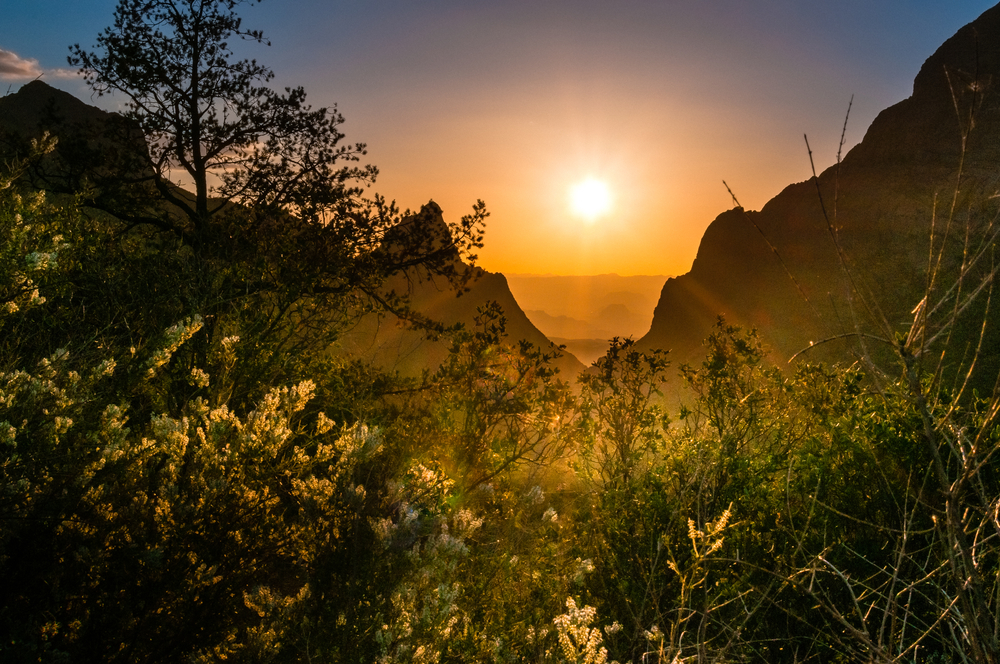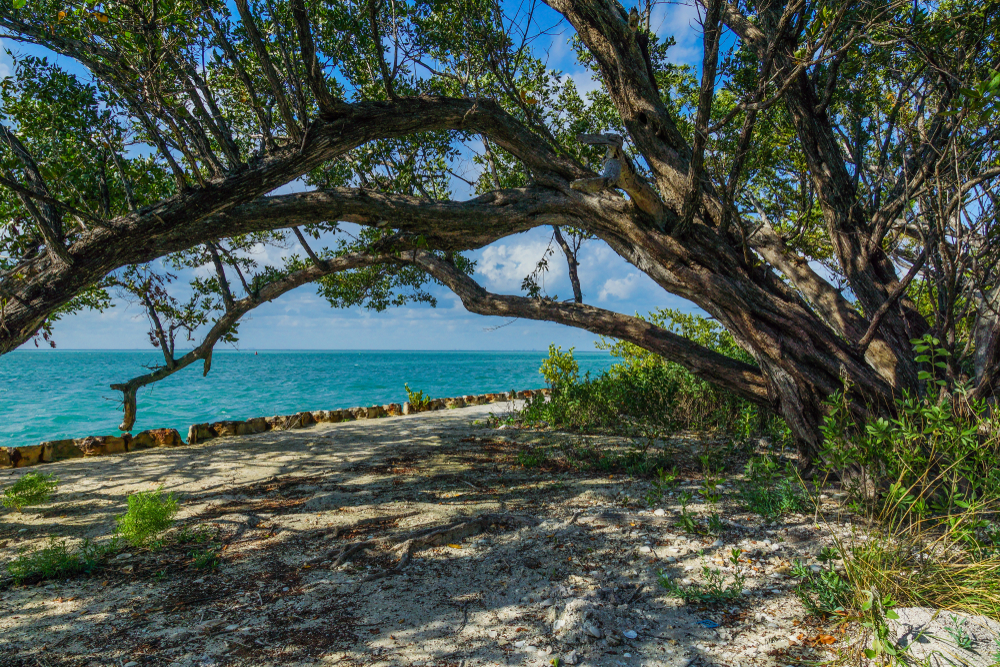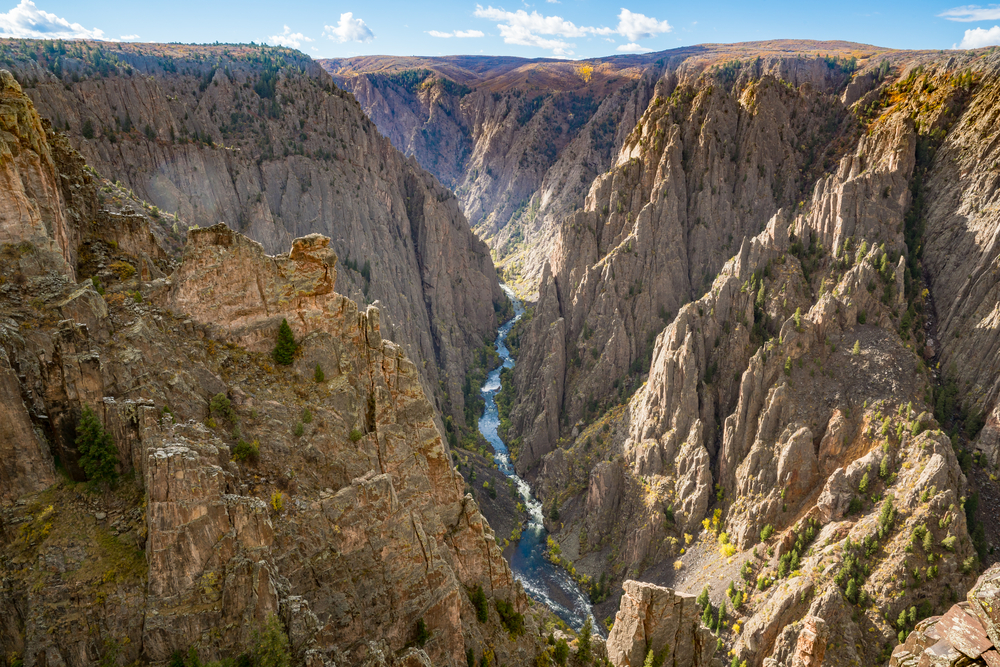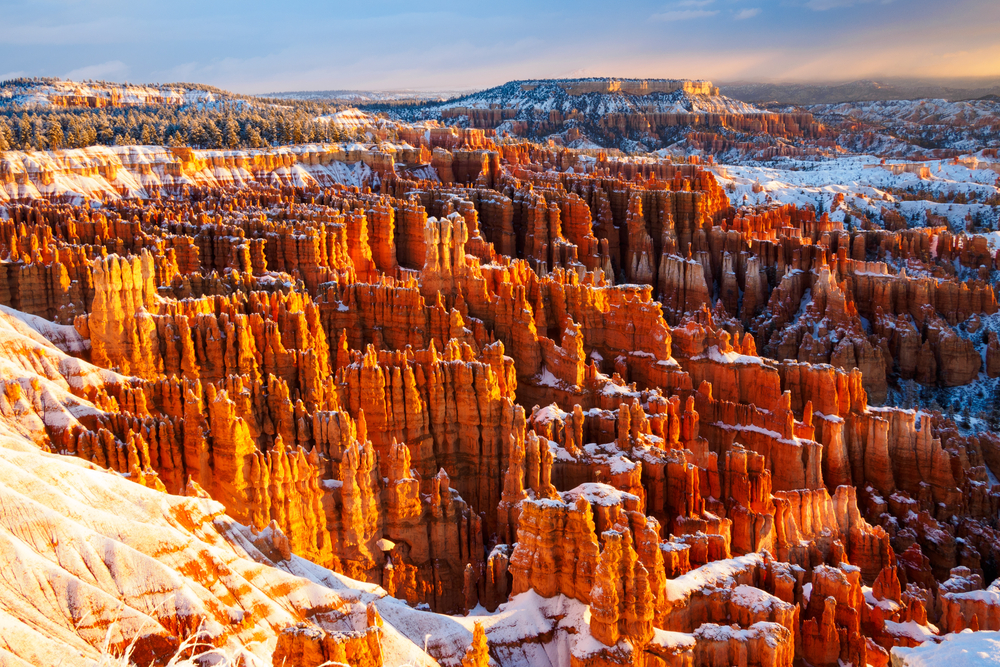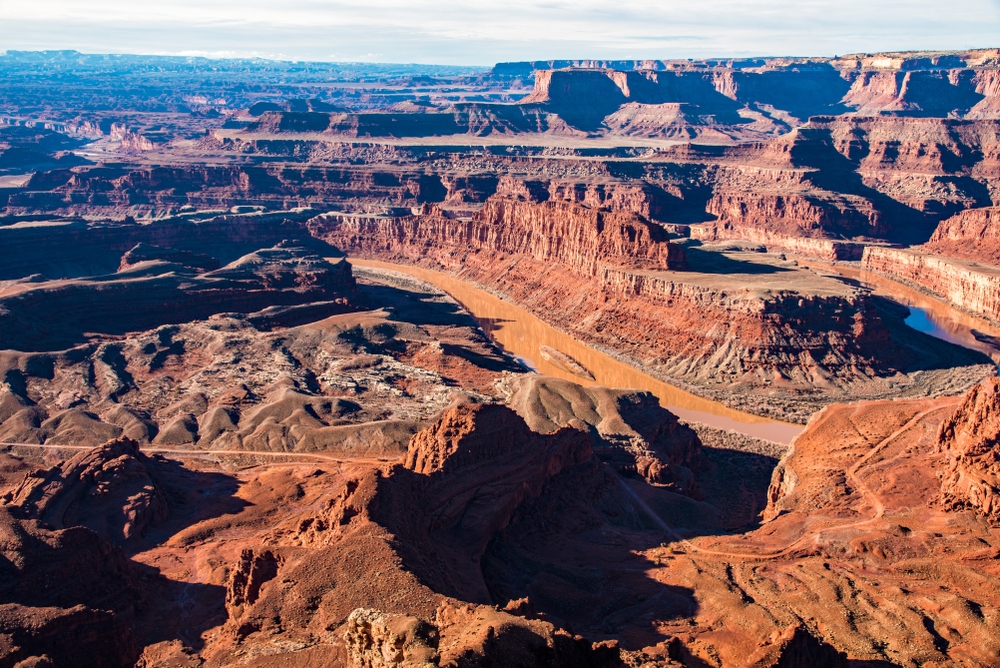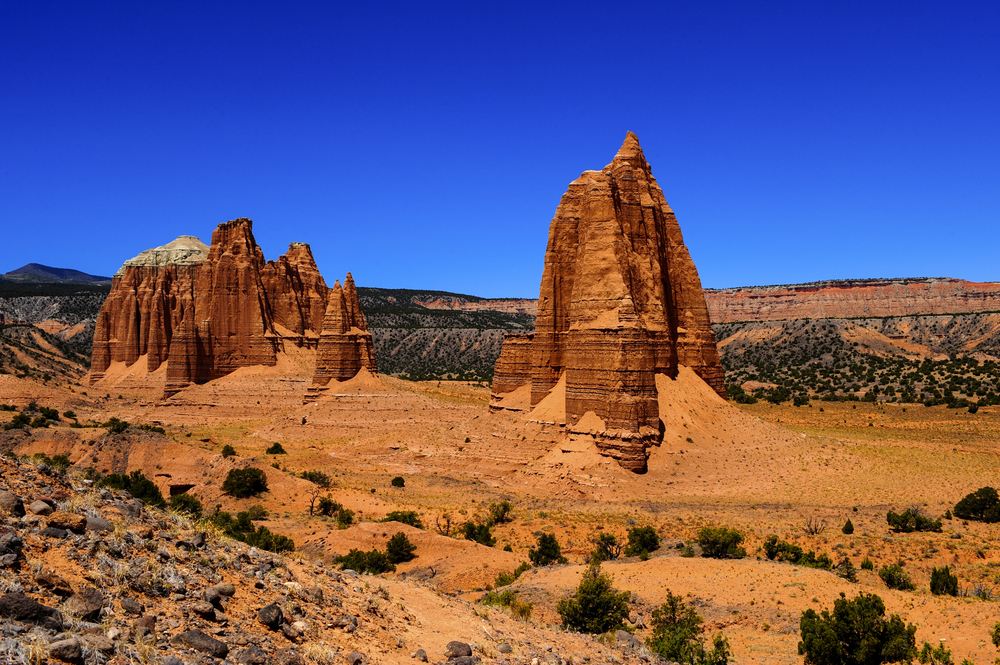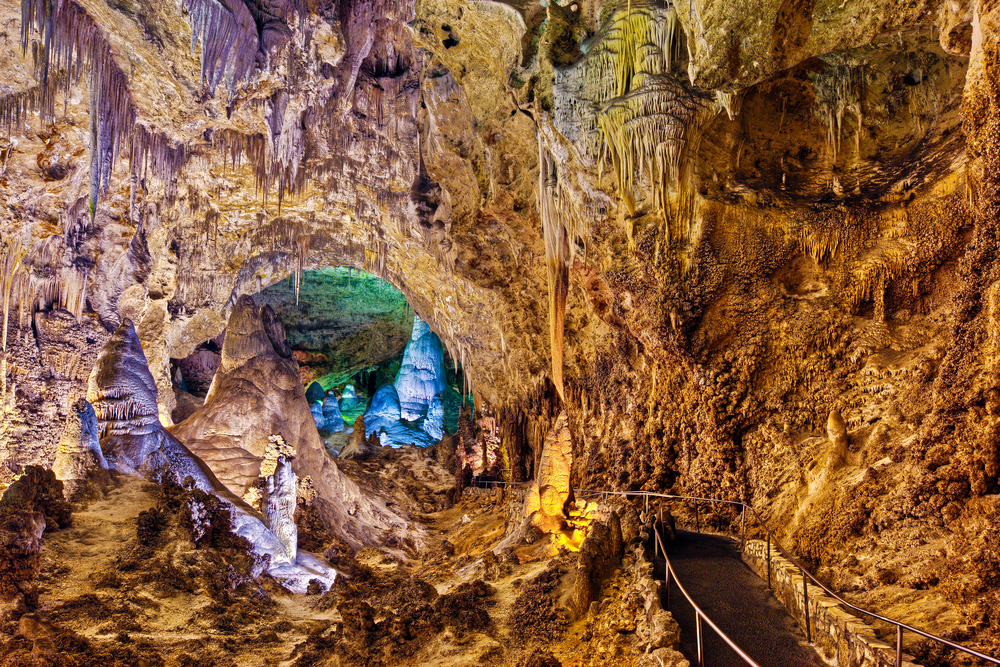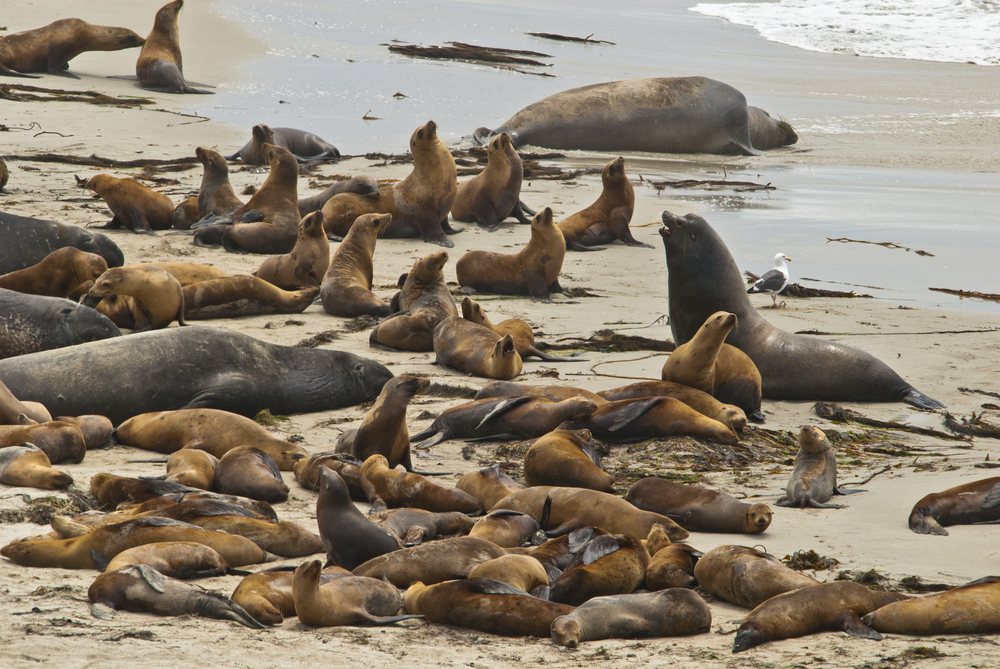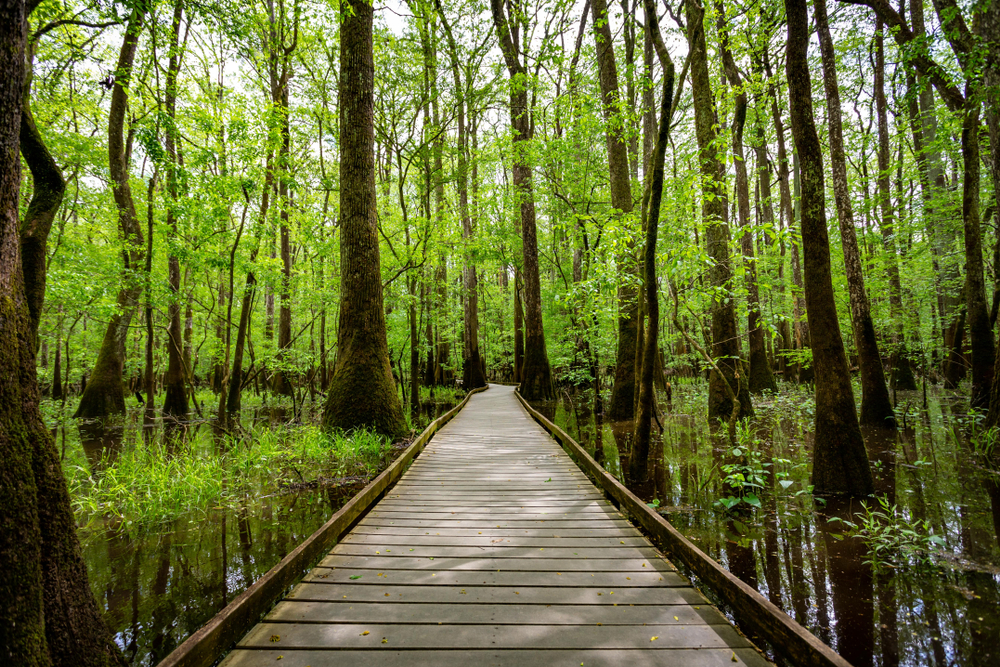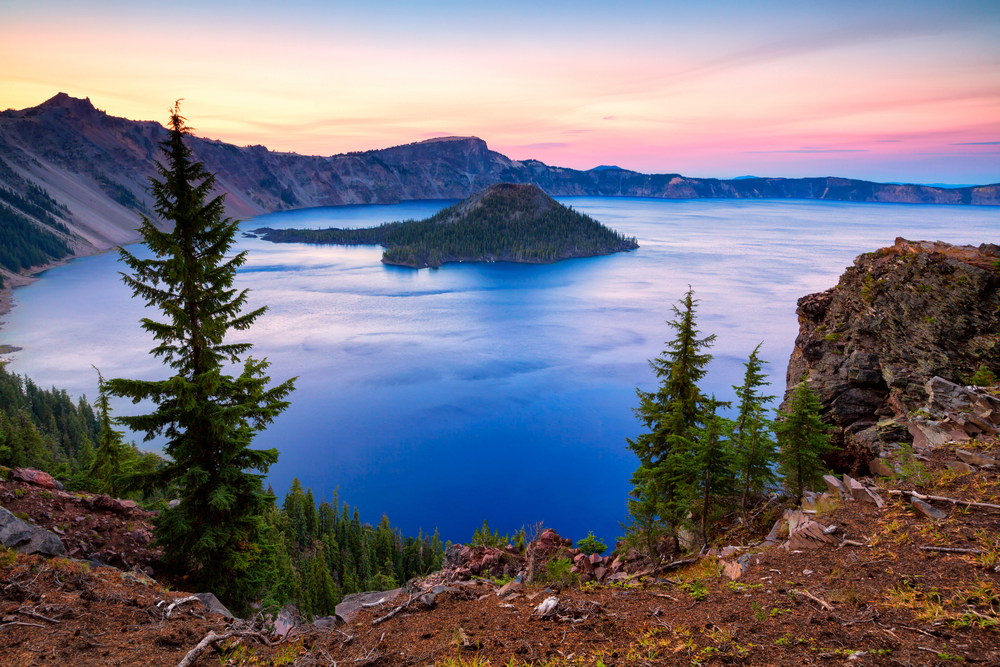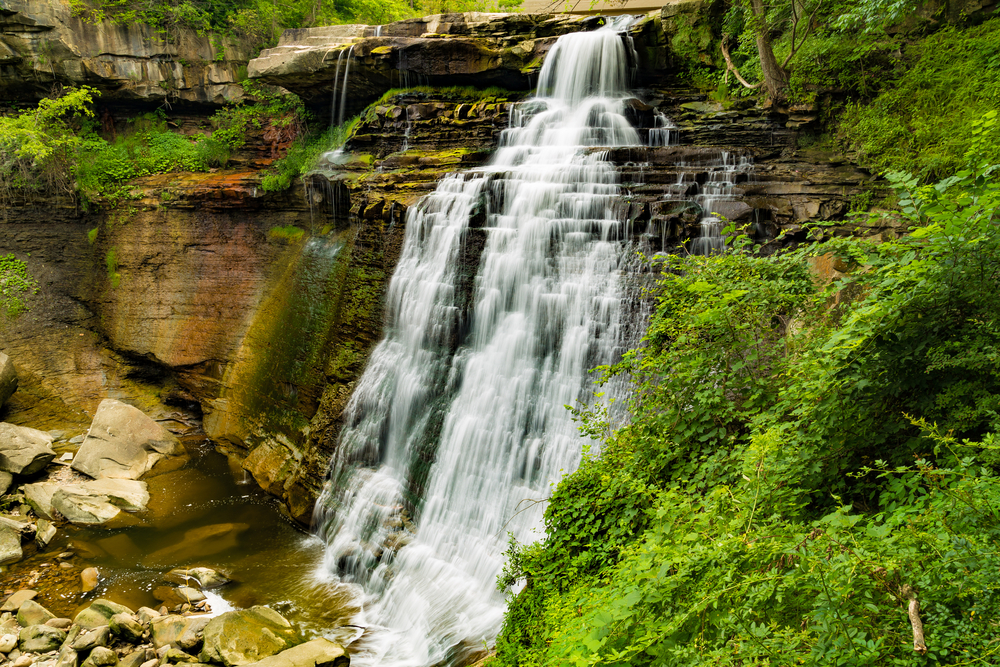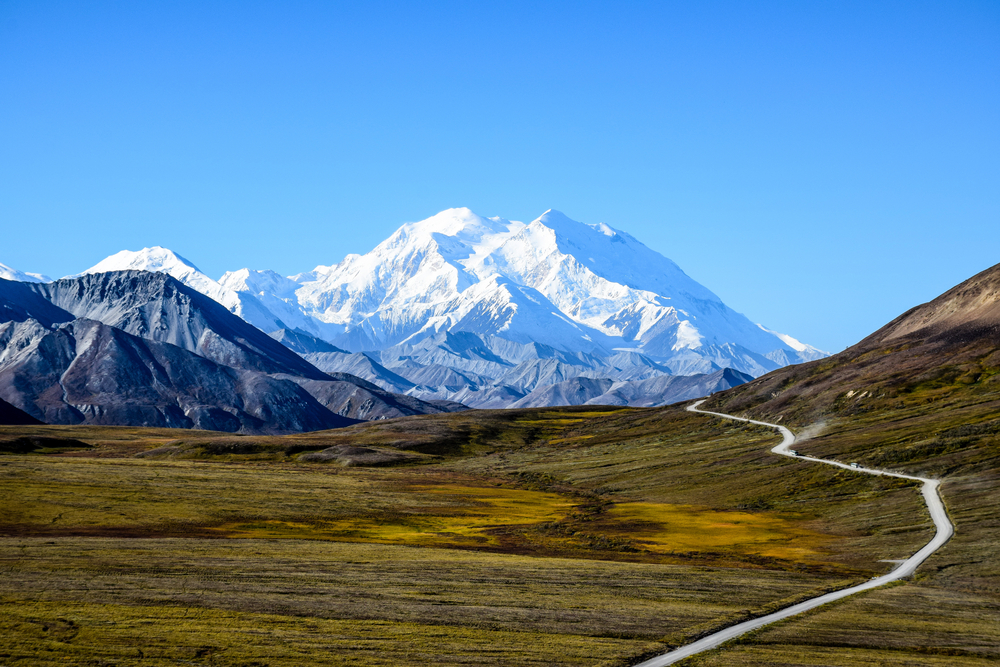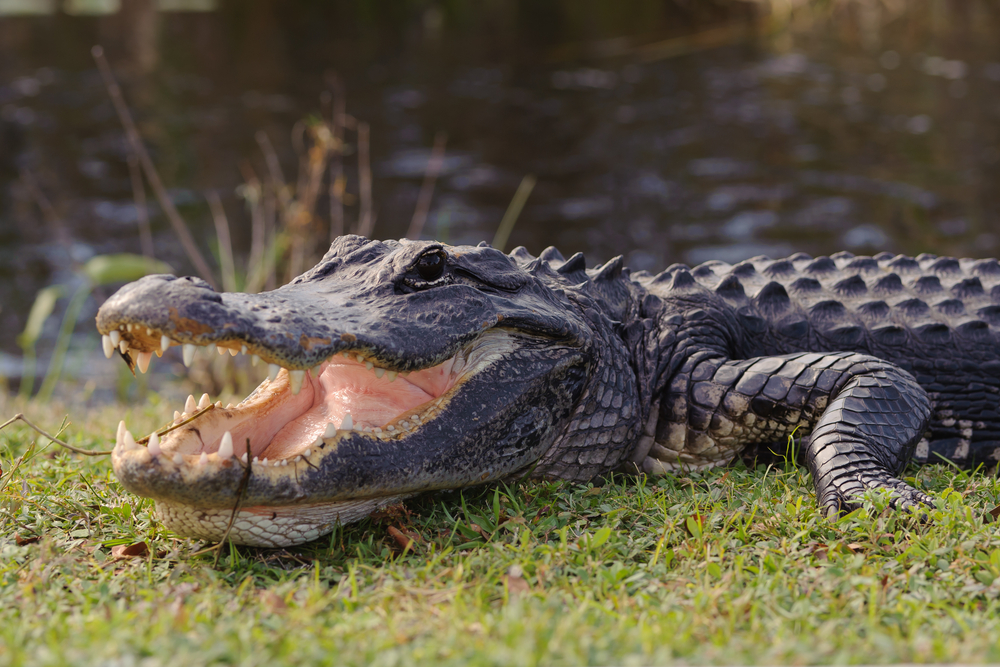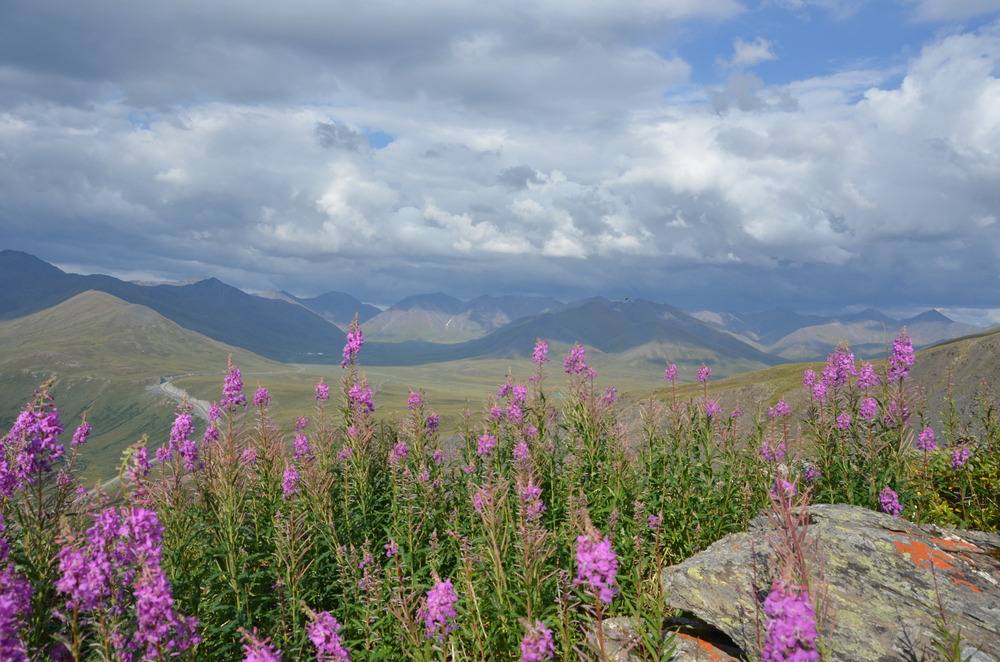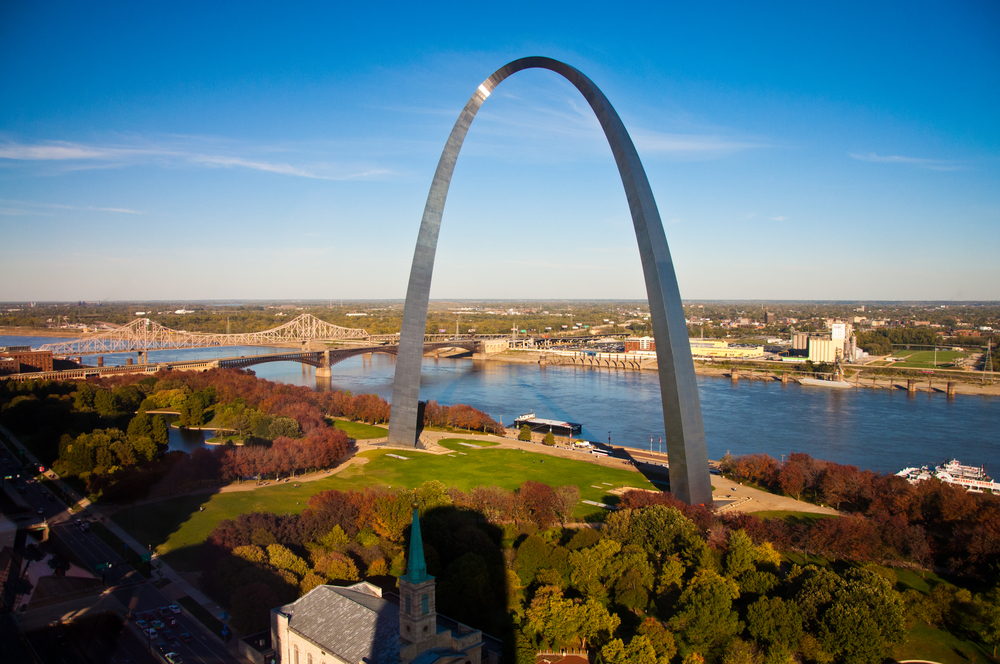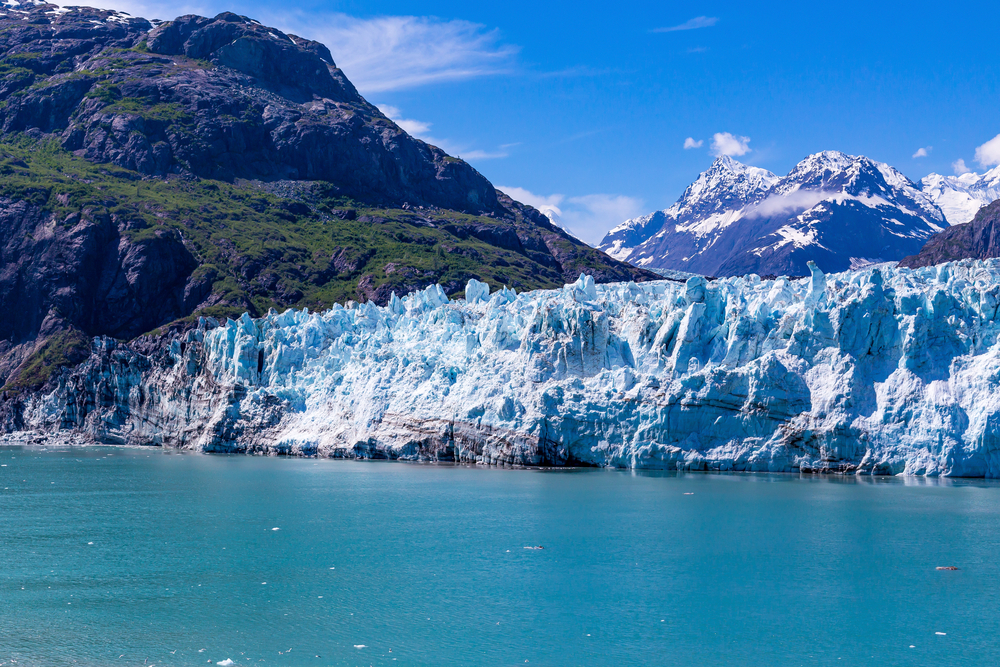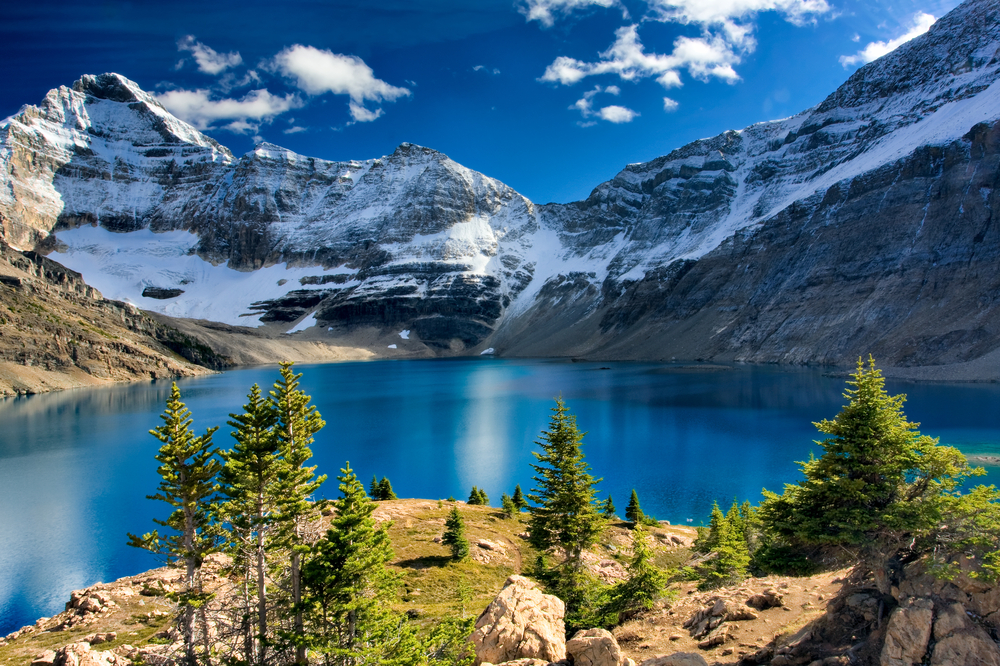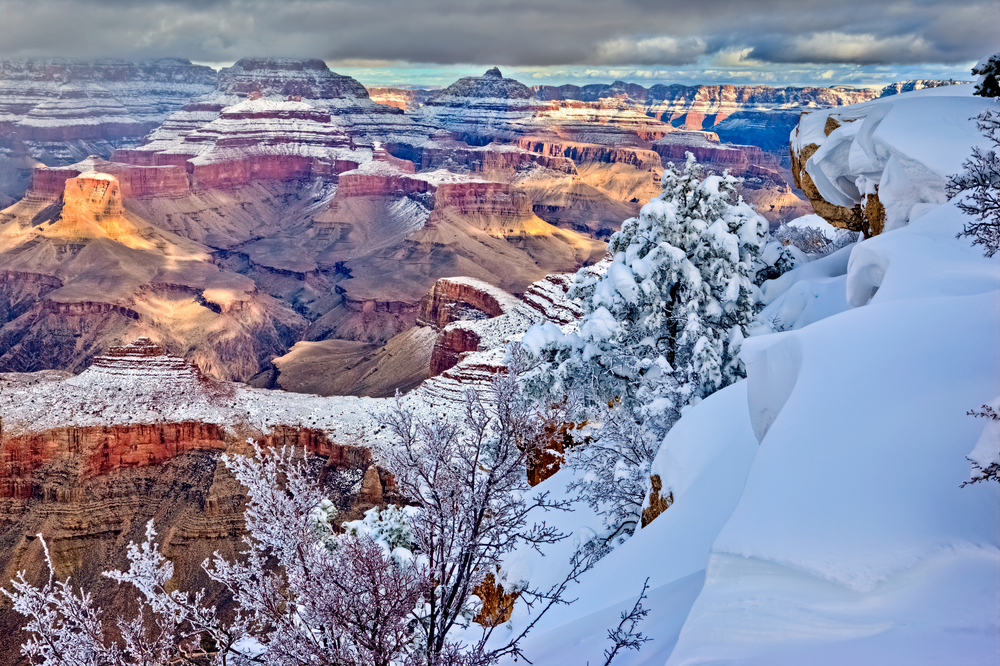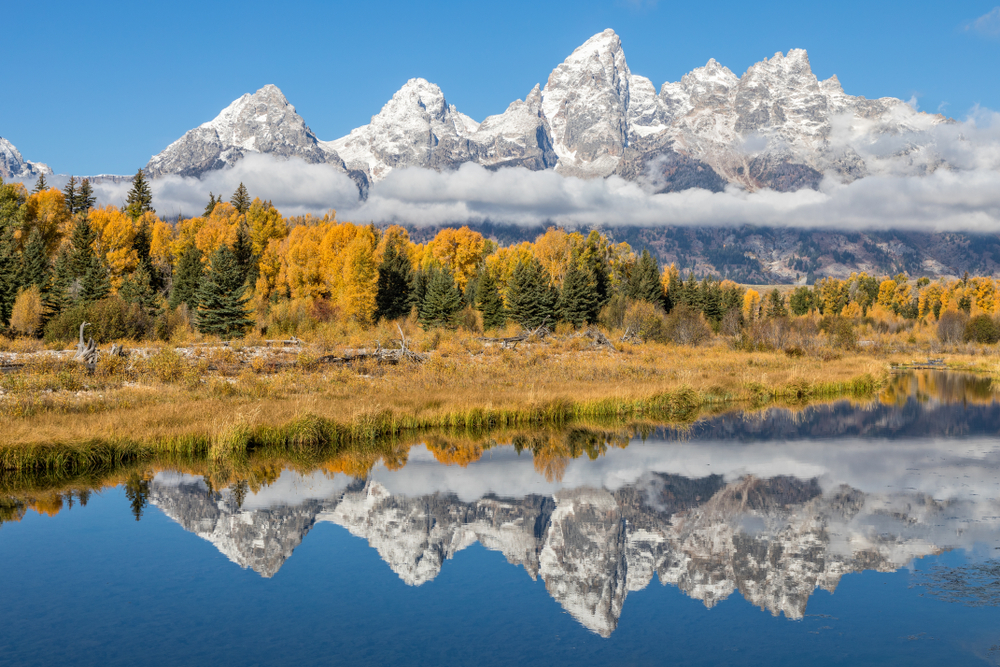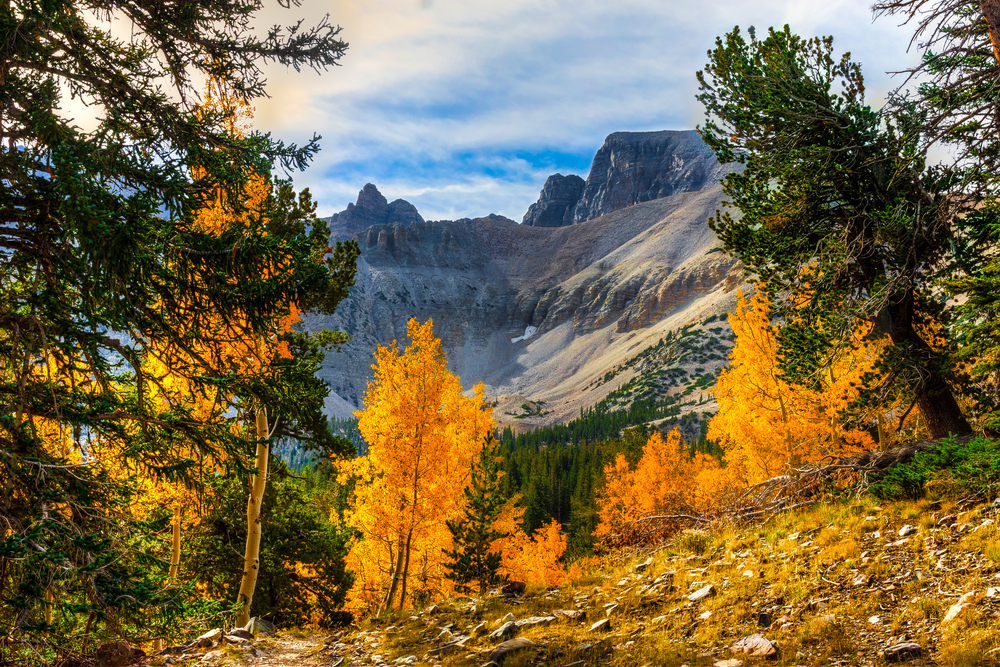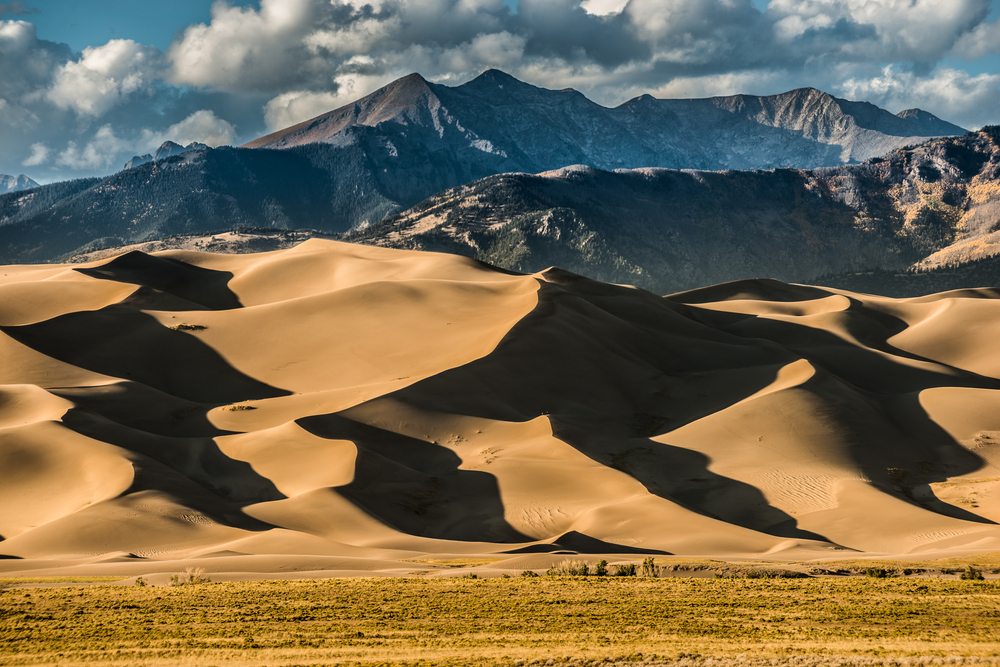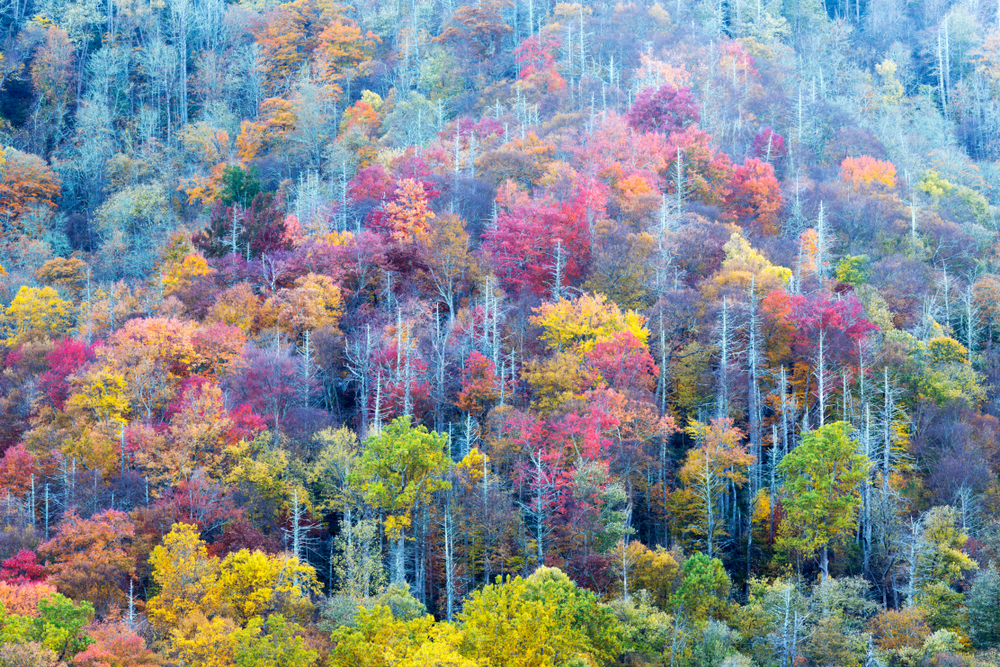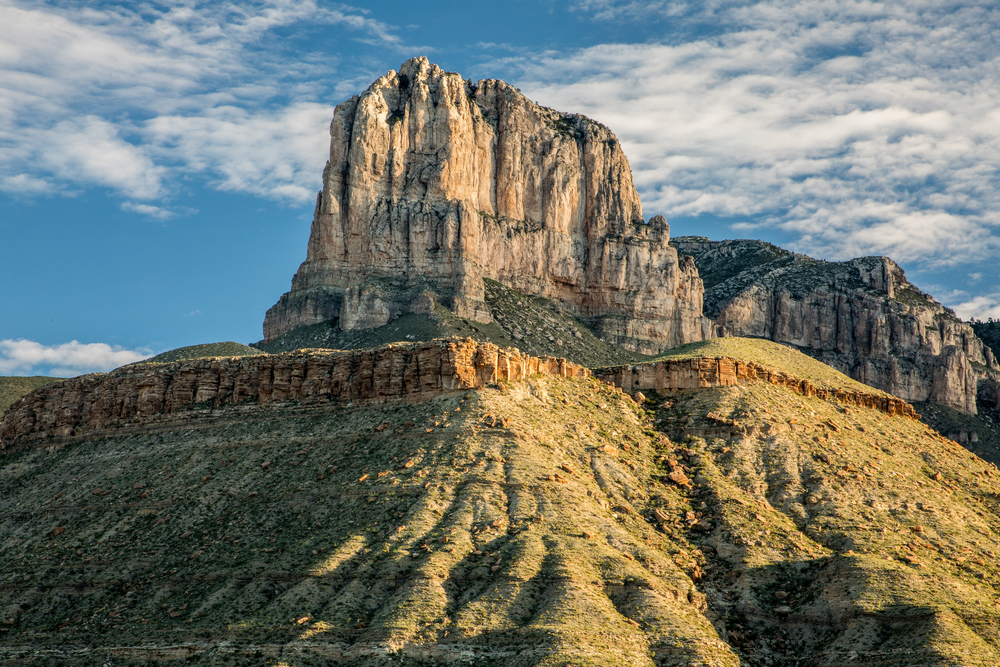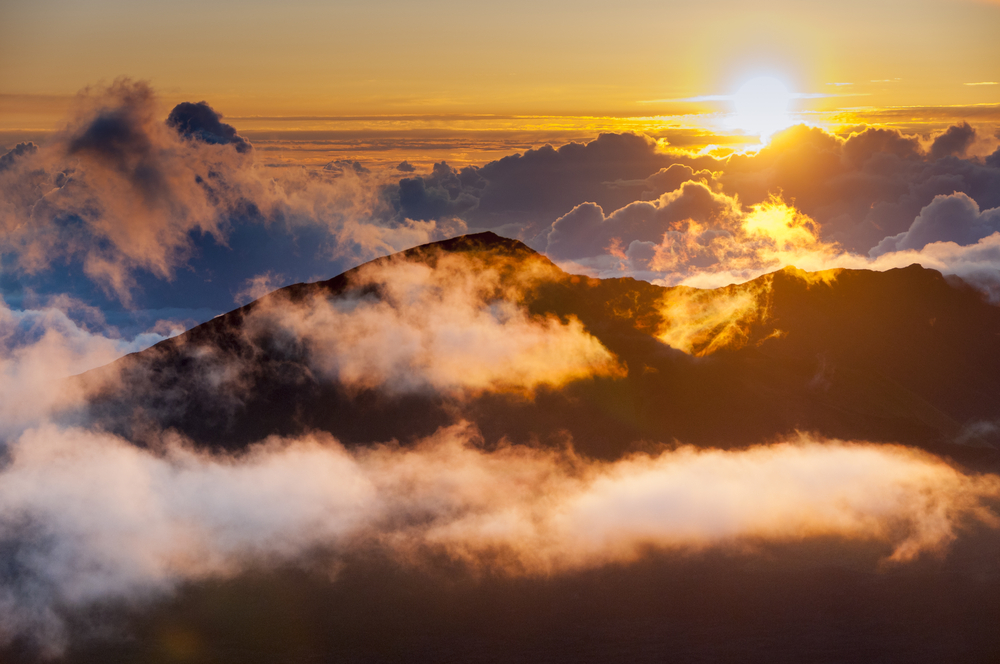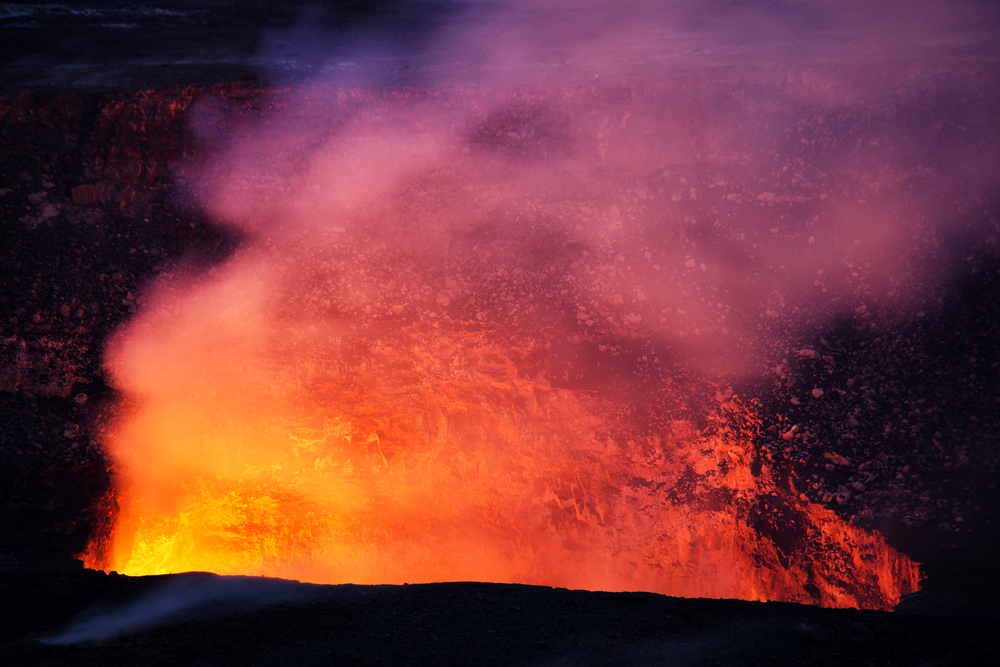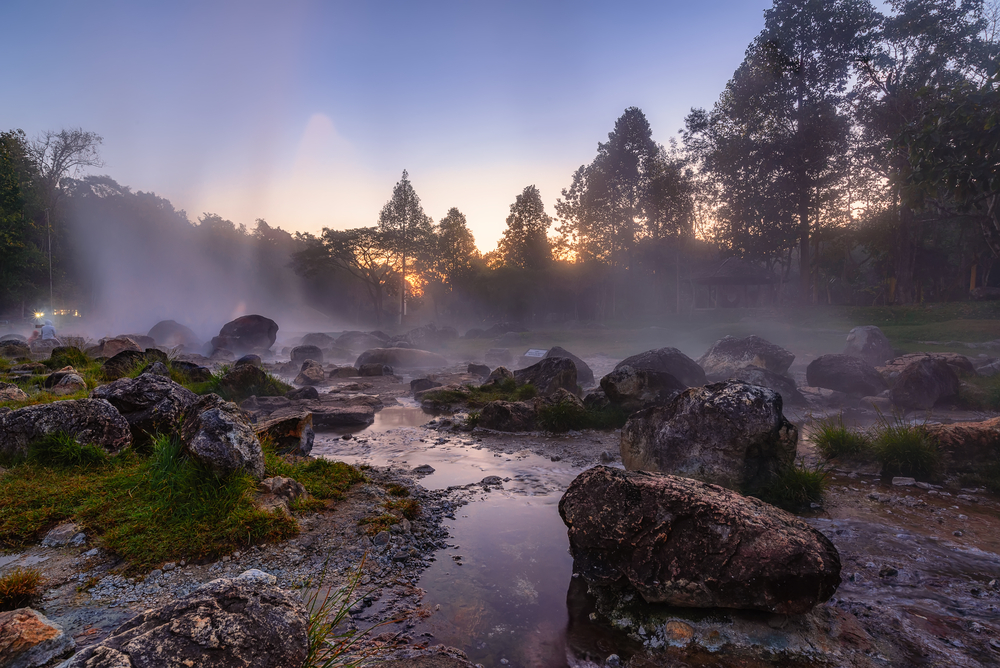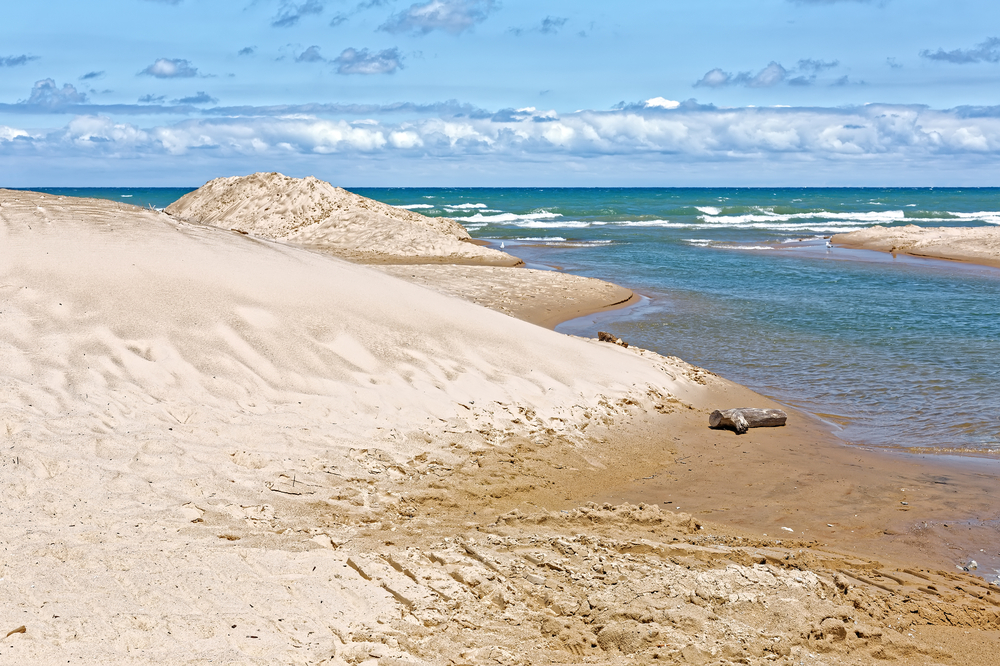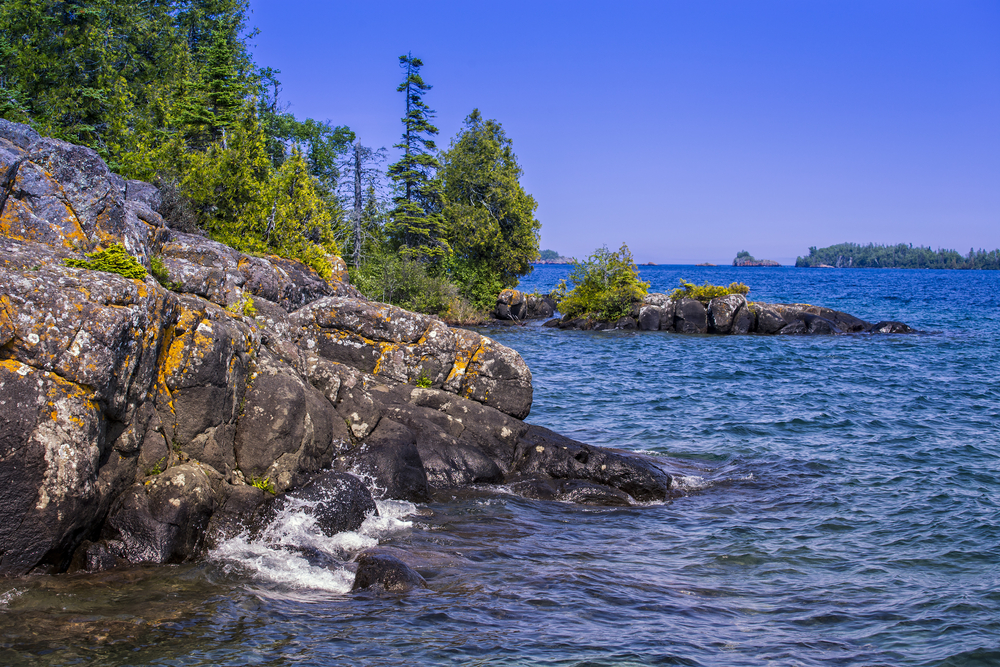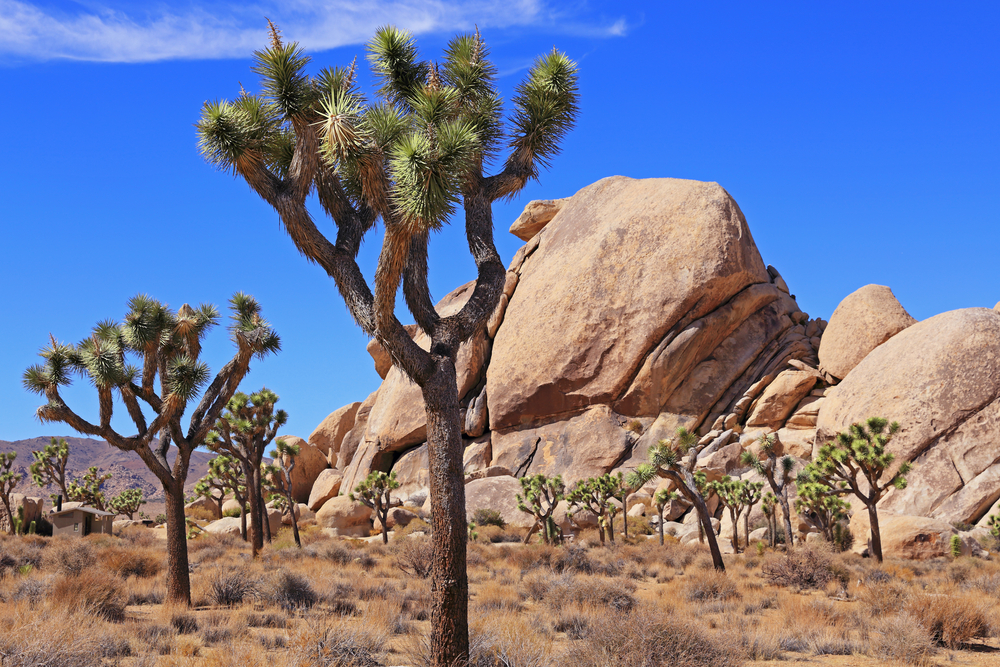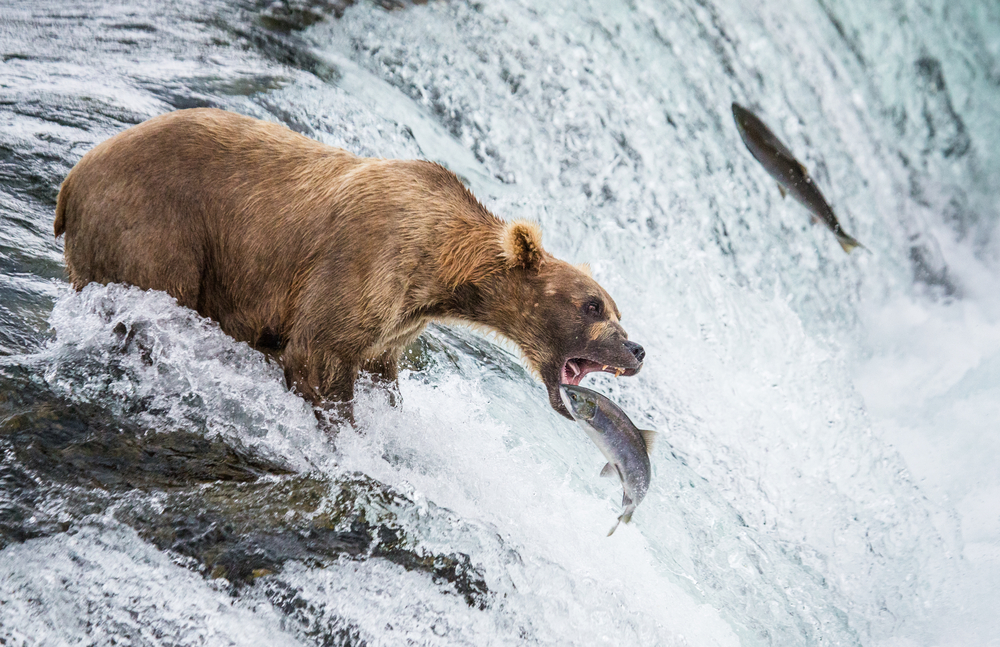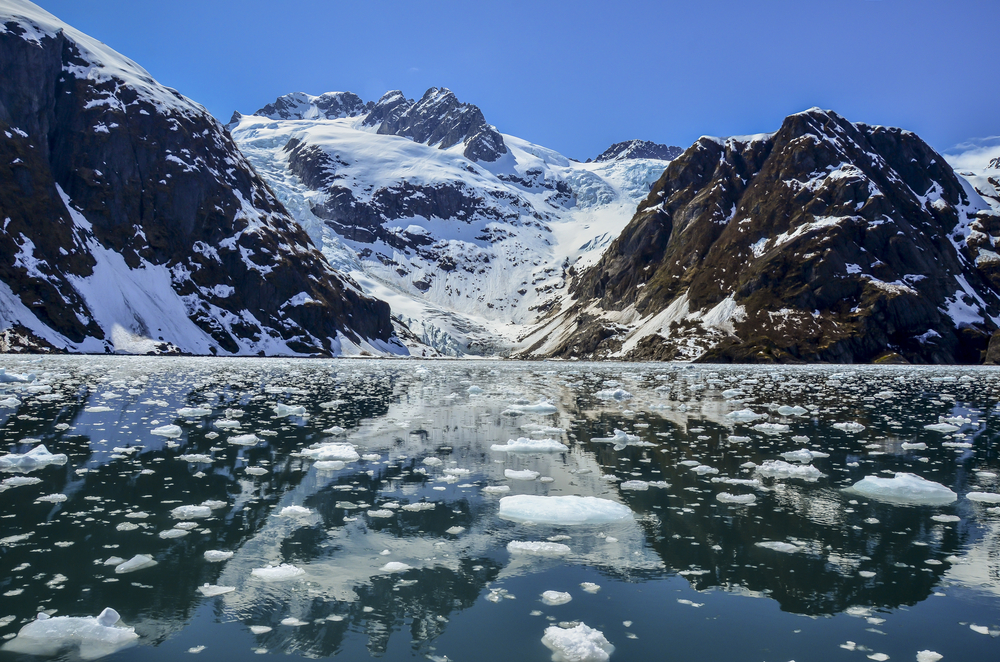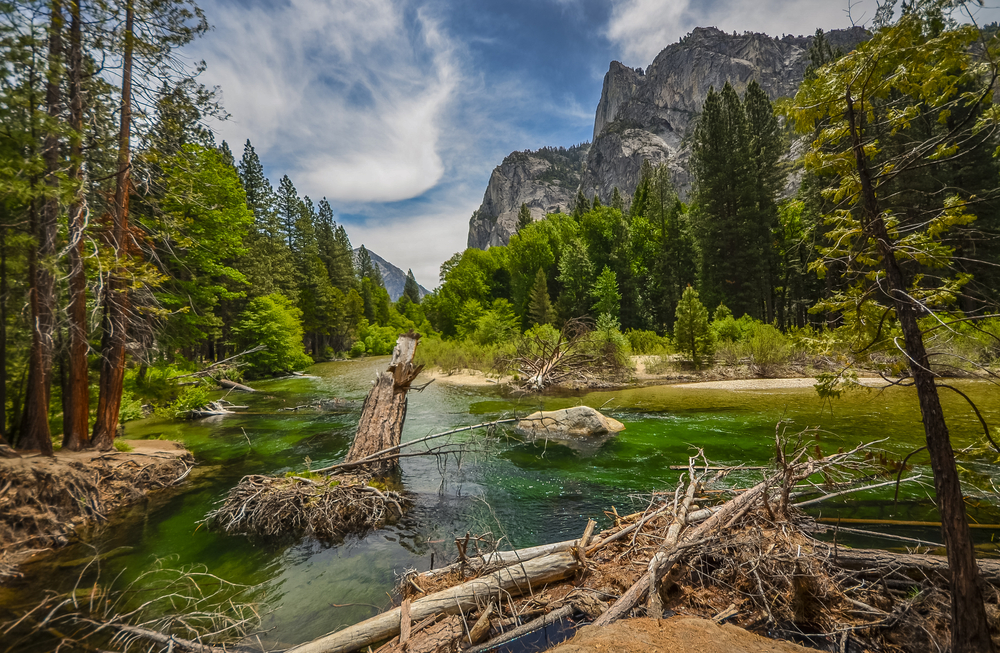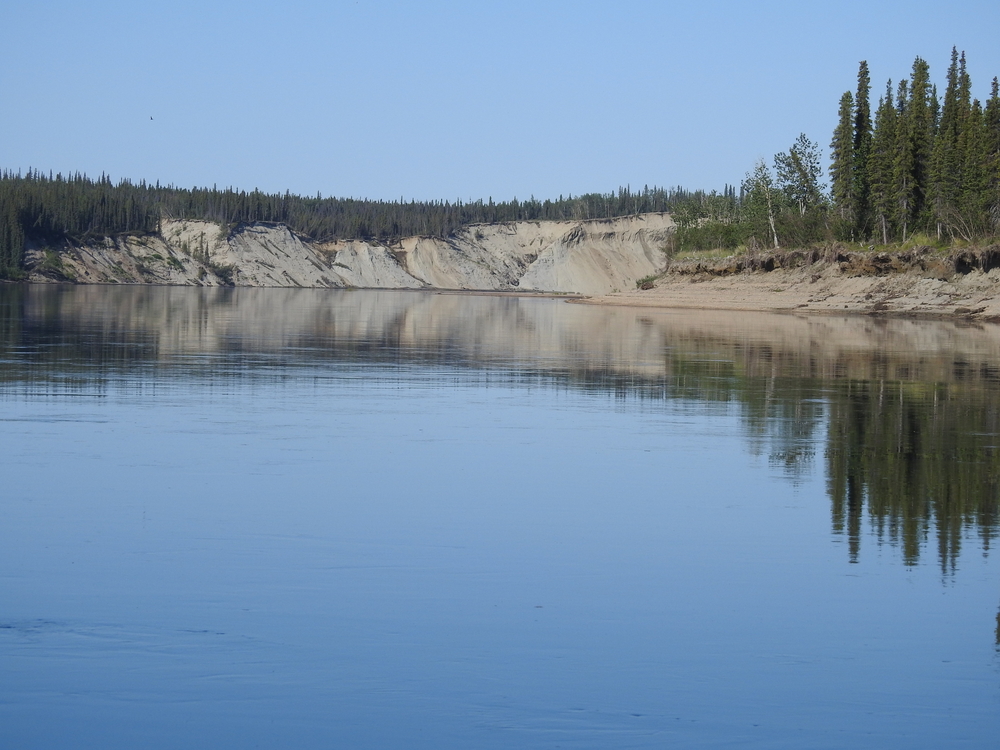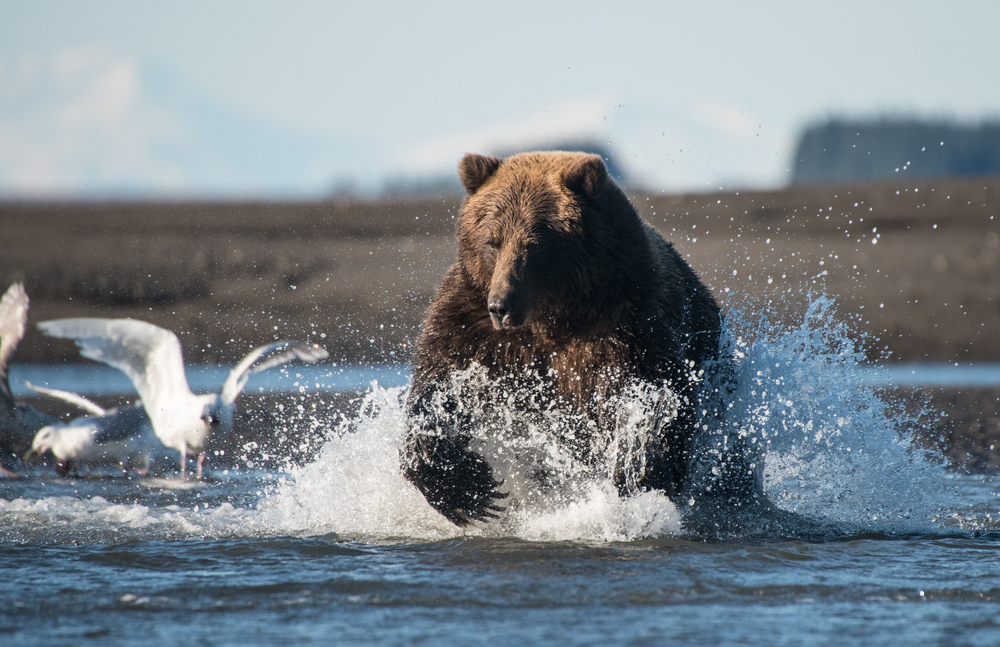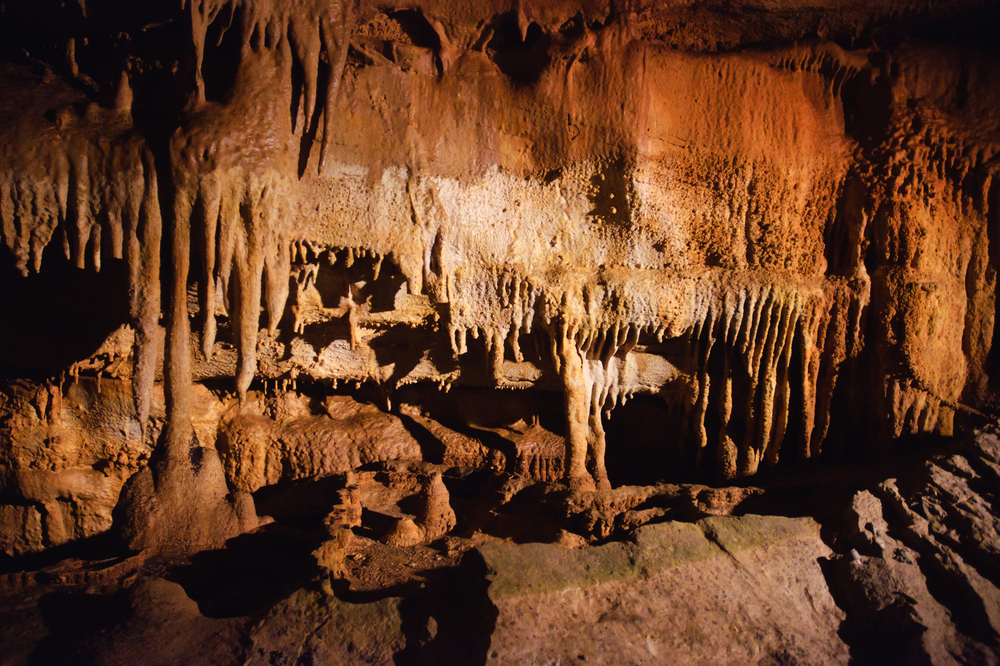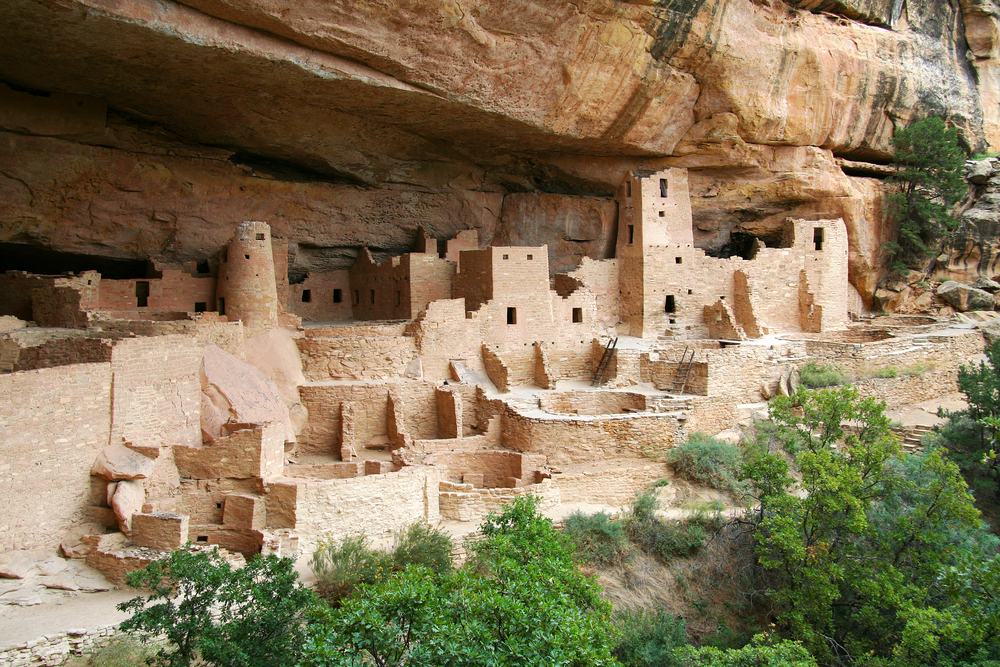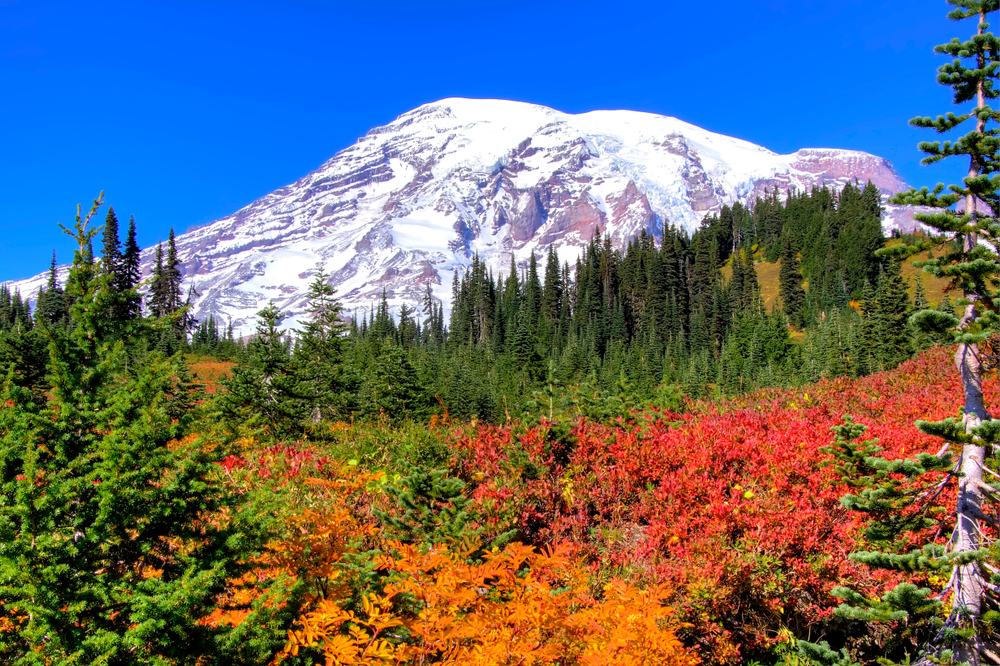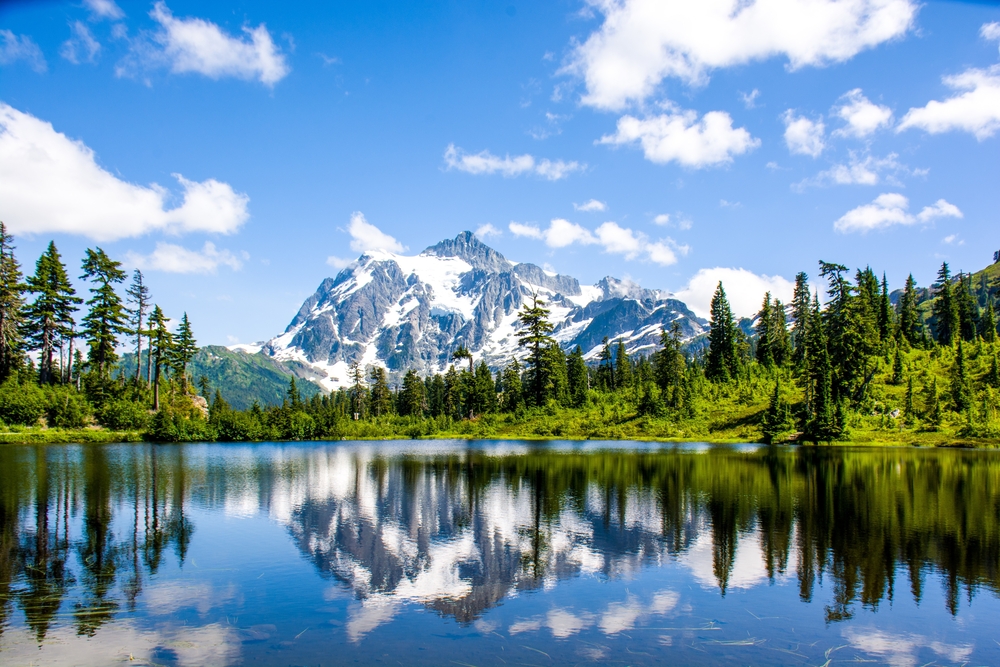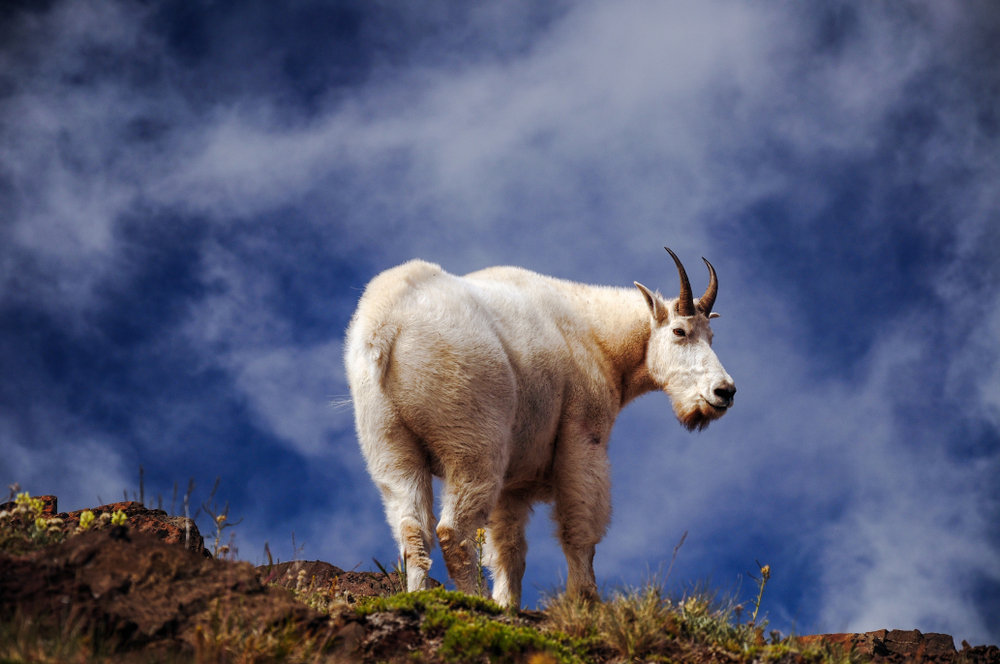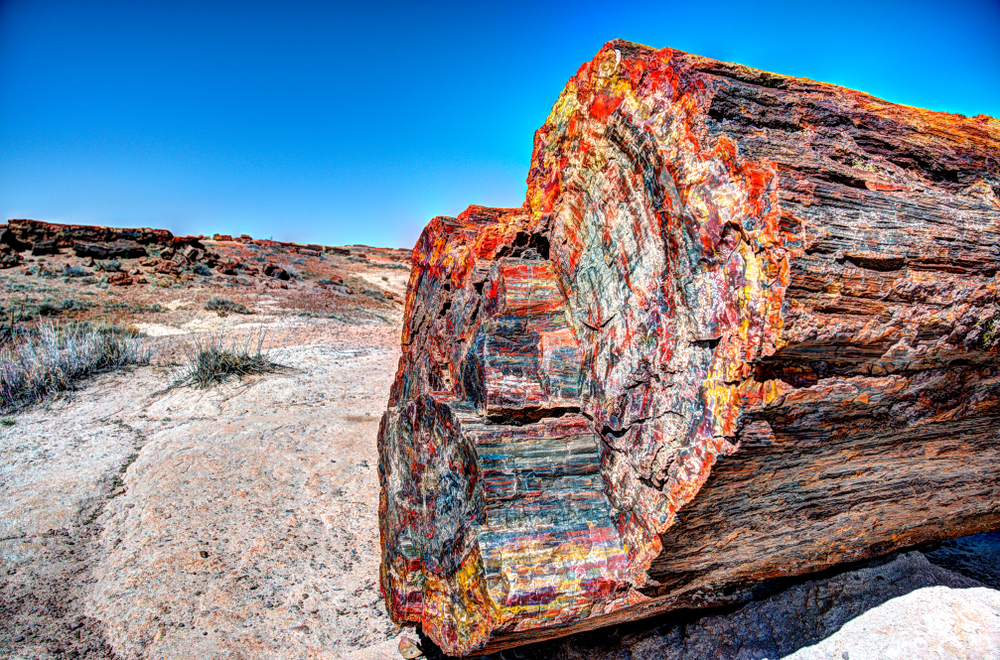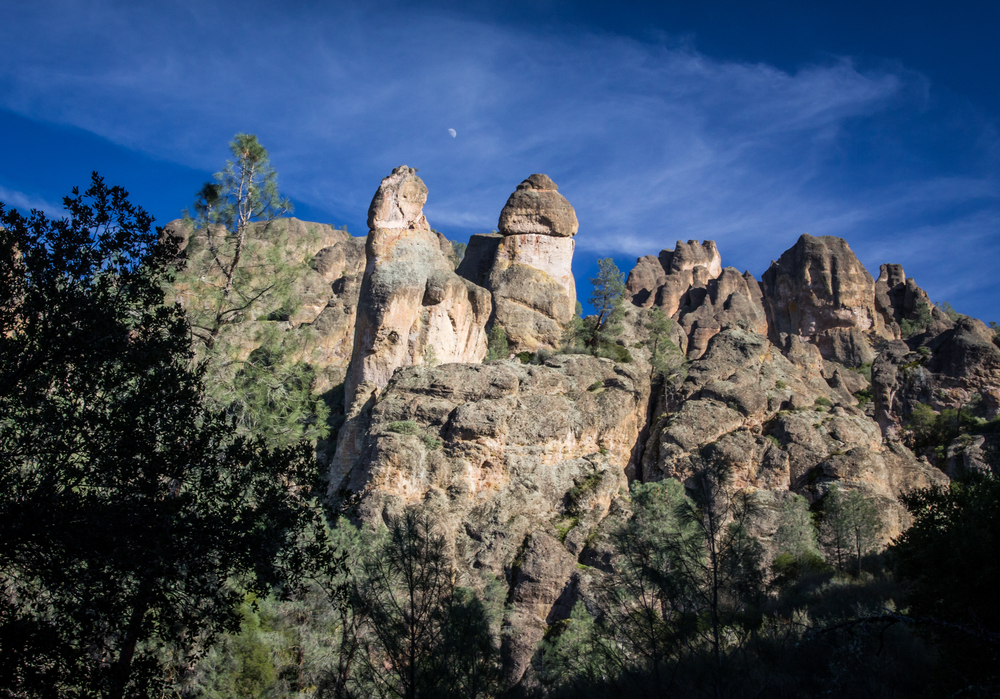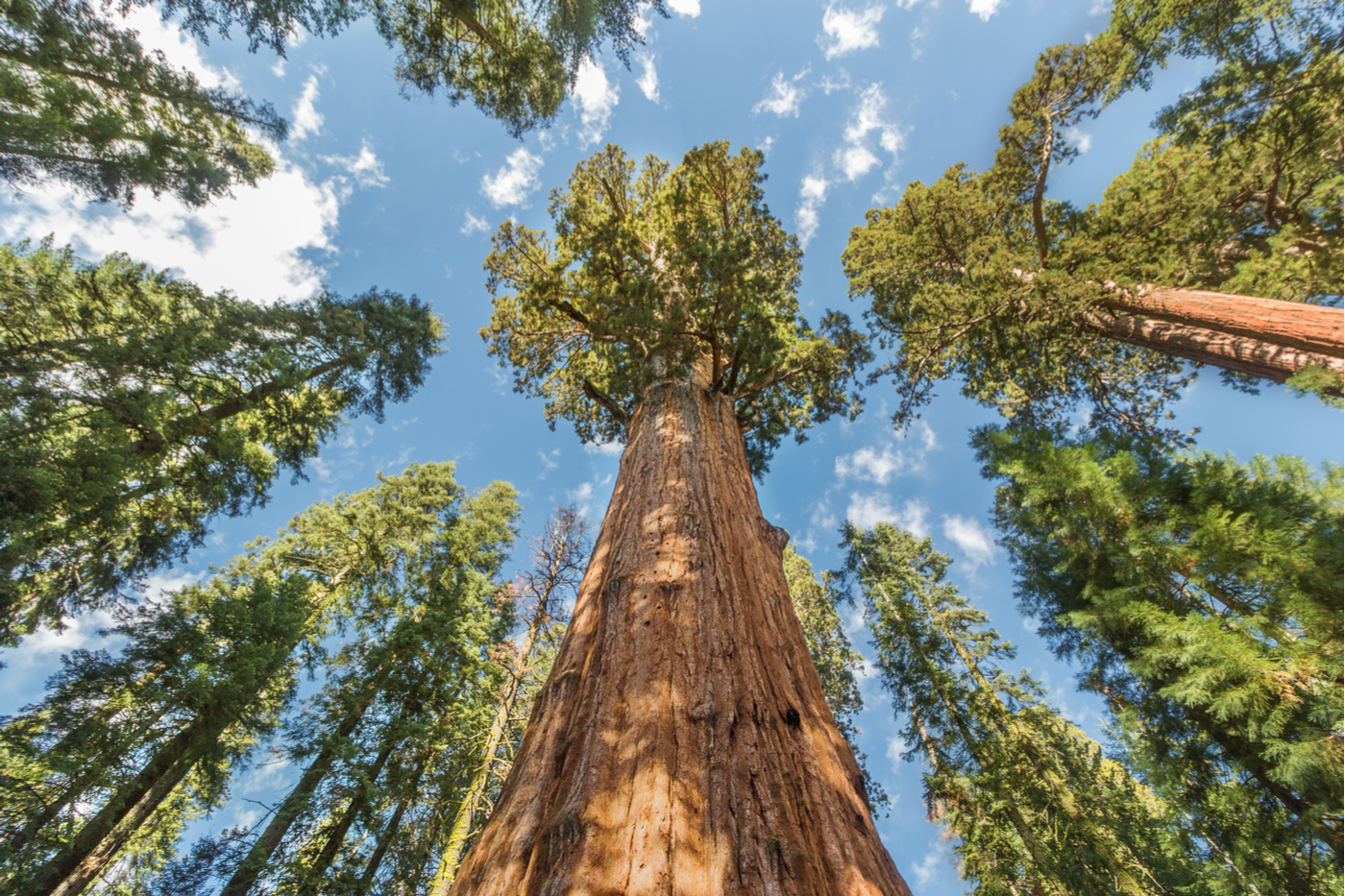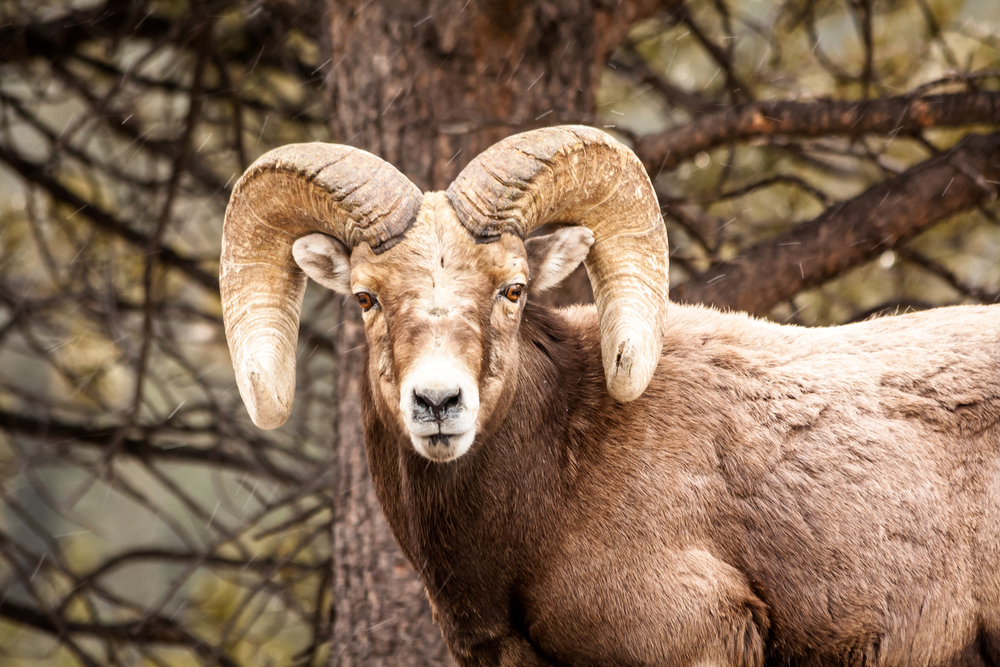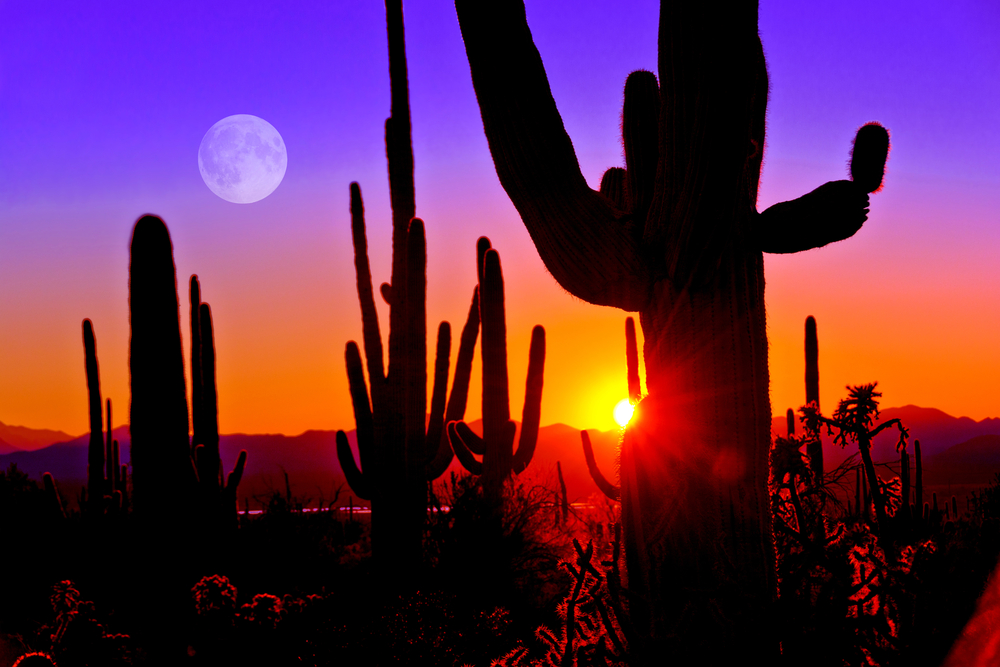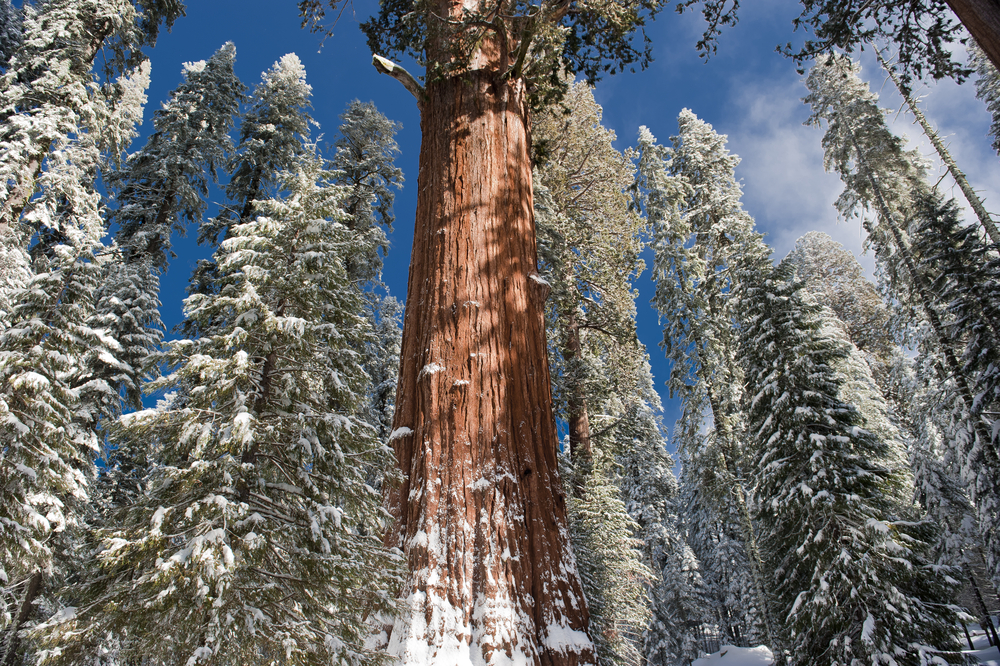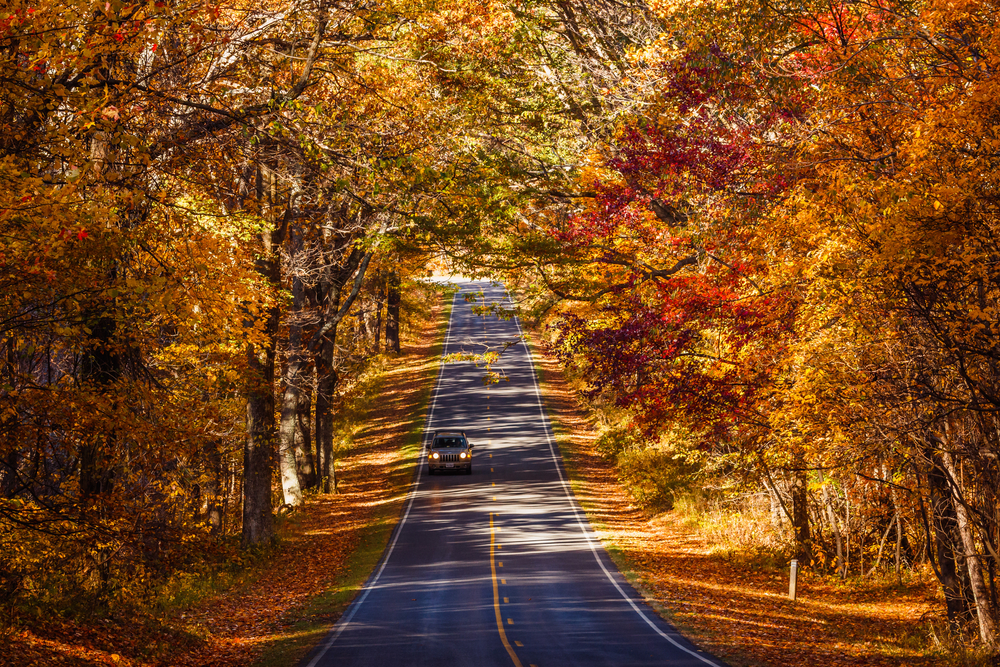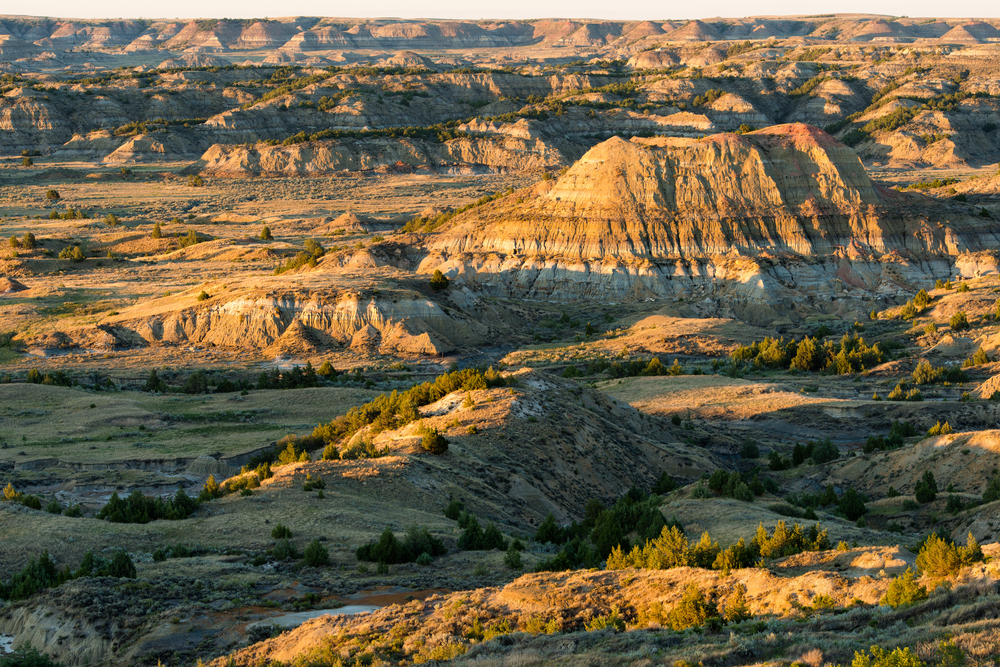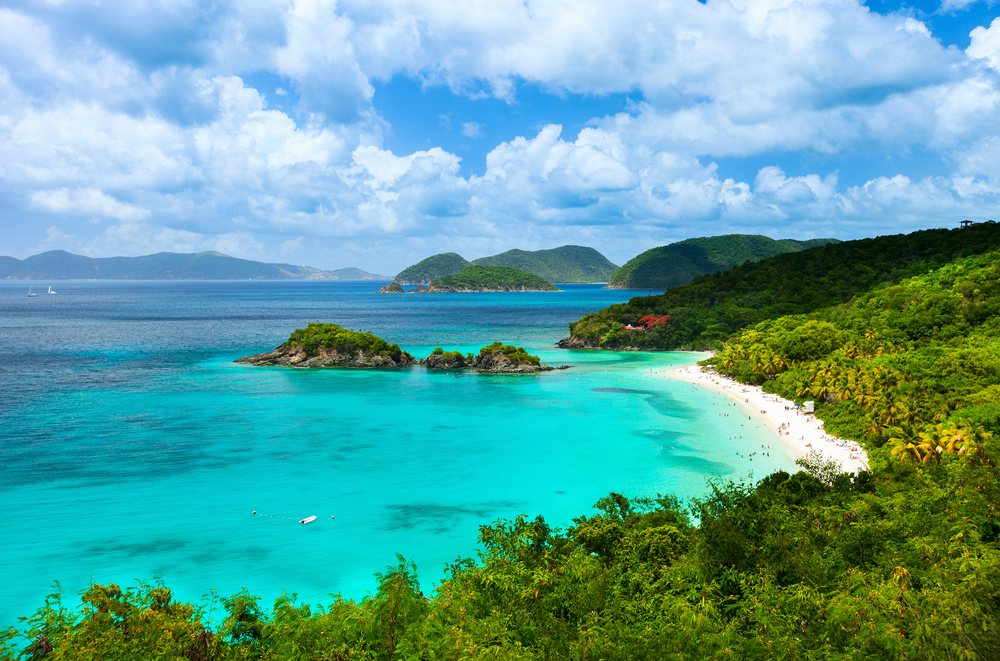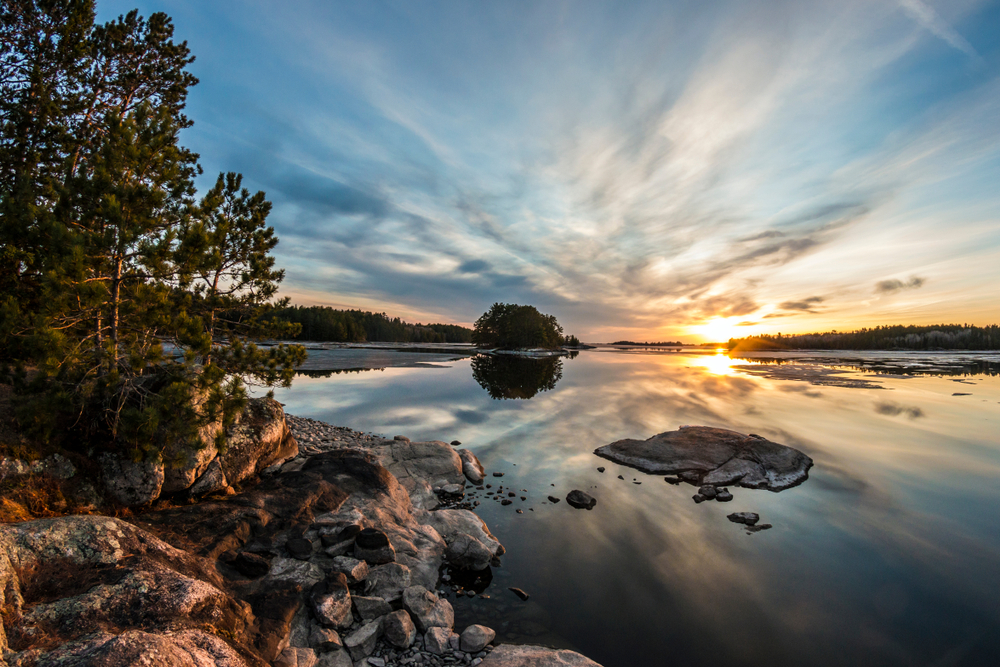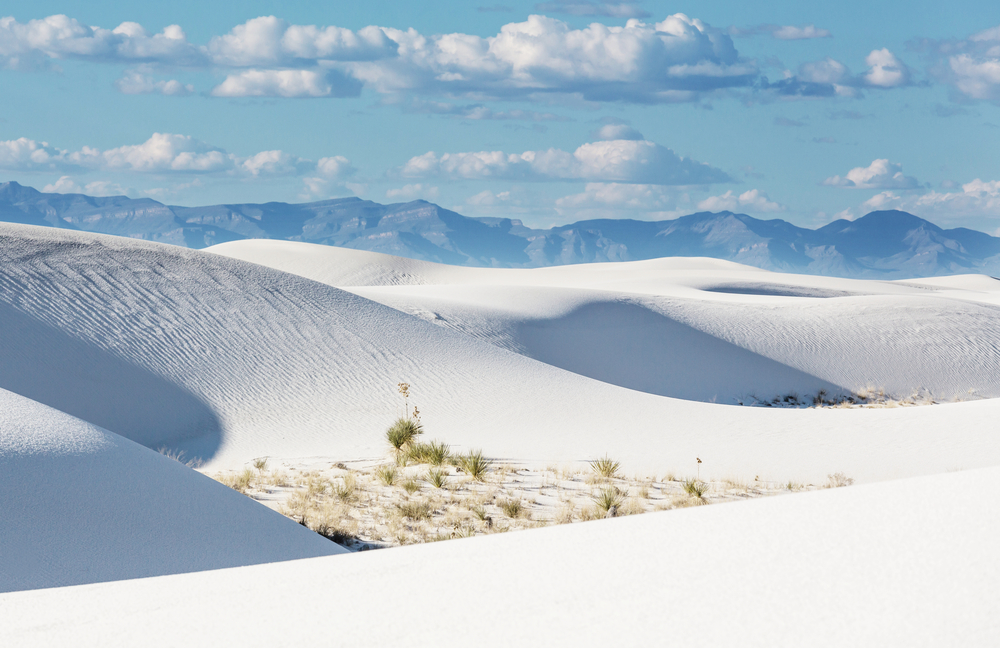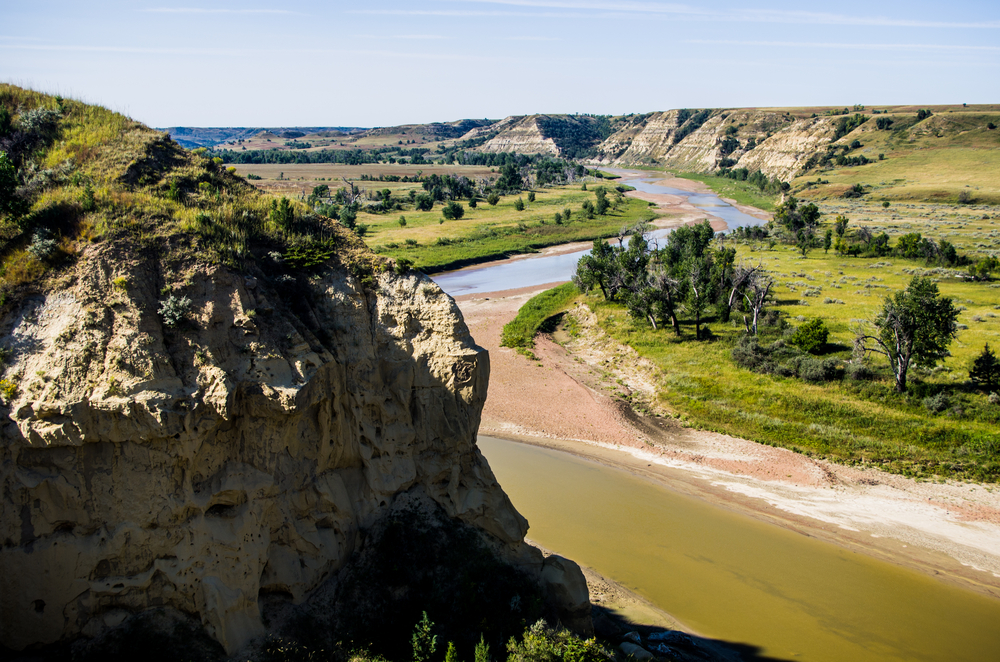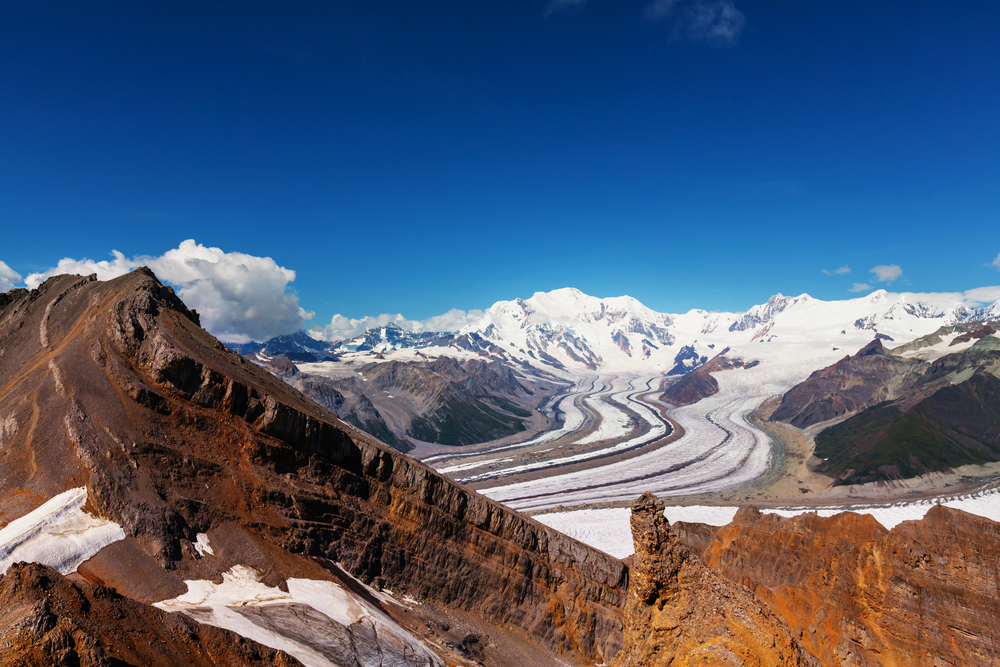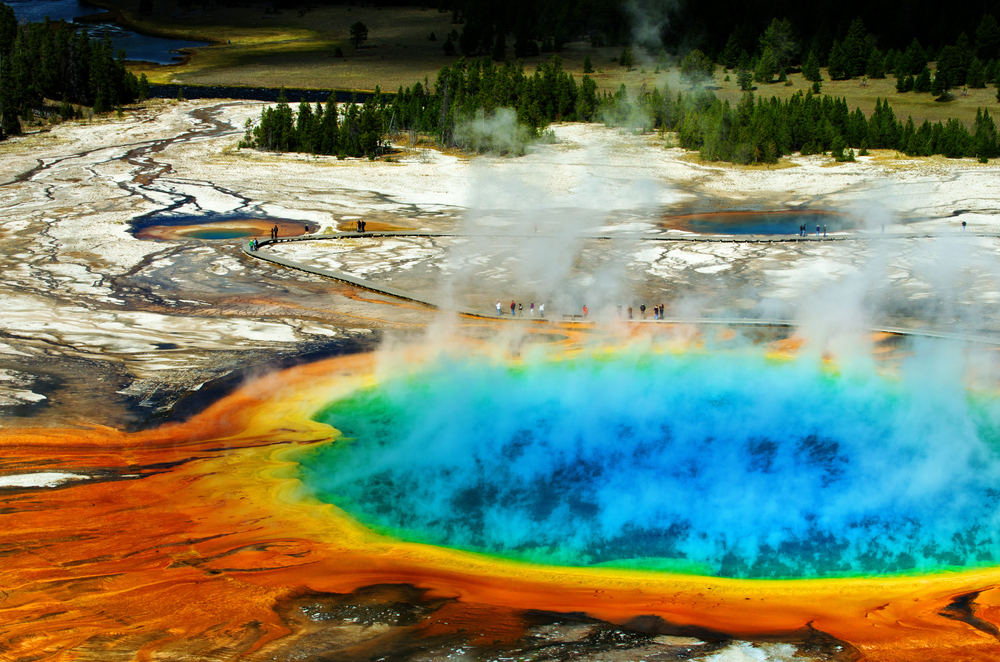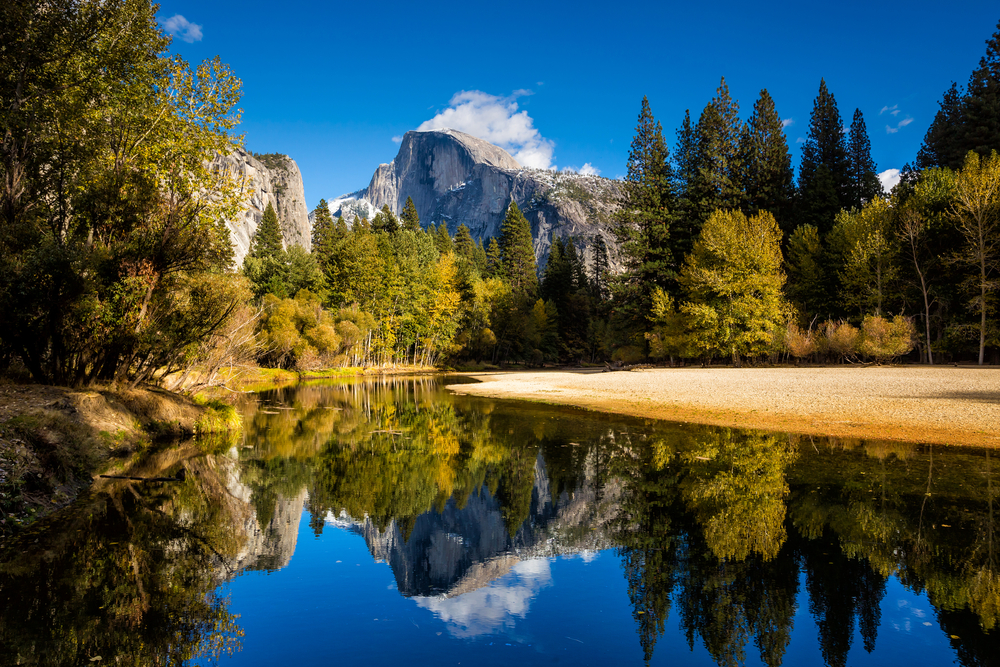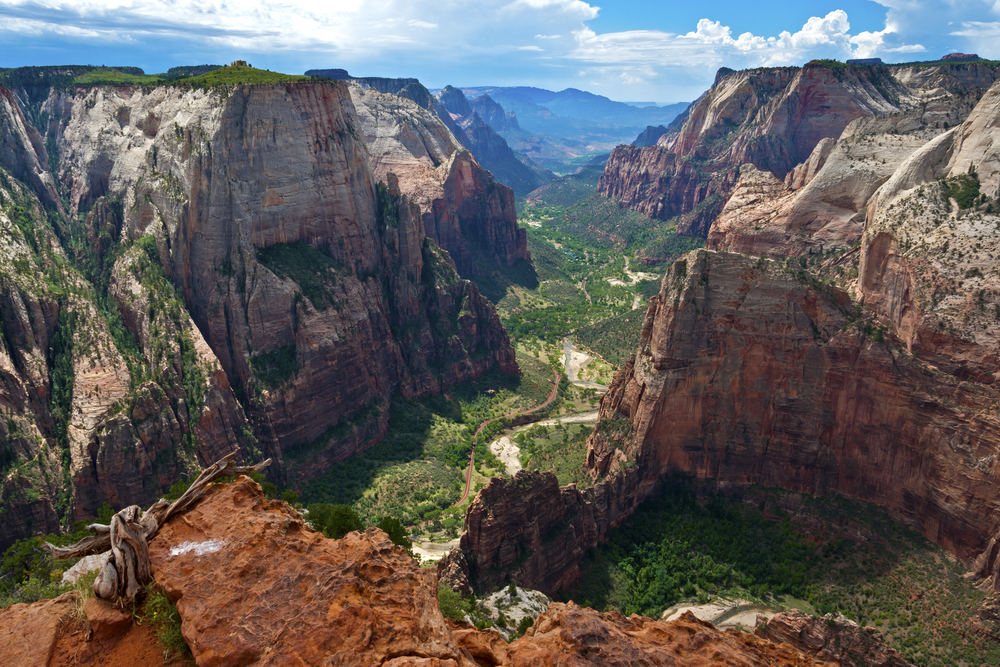The United States is home to 63 official national parks, managed by the National Park Service, offering some of the most stunning and diverse natural landscapes in the world. From towering mountains and vast deserts to lush forests and coastal wonders, these parks preserve the country’s ecological and geological diversity while highlighting its cultural and historical heritage. The parks are essential for protecting endangered species, maintaining biodiversity, and providing millions of visitors with opportunities to connect with nature and history.
Yellowstone National Park, established in 1872, was the world’s first national park and remains one of the most iconic. Spanning portions of Wyoming, Montana, and Idaho, it is famous for its geothermal features, including Old Faithful and the Grand Prismatic Spring. The park’s expansive landscapes range from grasslands and canyons to forests and rivers, supporting diverse wildlife such as grizzly bears, bison, and wolves. Yellowstone is a symbol of the national park movement and a must-visit destination for nature enthusiasts.
Grand Canyon National Park in Arizona is another globally recognized landmark. The Grand Canyon, carved by the Colorado River over millions of years, offers breathtaking views of its immense, colorful cliffs. Visitors can explore the South Rim and North Rim, hike trails like the Bright Angel or South Kaibab, or raft through the river below. The park is a testament to geological history and is deeply significant to several Indigenous tribes.
Great Smoky Mountains National Park, straddling the border of North Carolina and Tennessee, is the most visited national park in the United States. Renowned for its mist-covered peaks, lush forests, and rich biodiversity, the park is home to black bears, salamanders, and countless species of plants. Visitors can hike scenic trails like Clingmans Dome or explore historical structures that reflect Appalachian culture.
Yosemite National Park, located in California’s Sierra Nevada, is famed for its granite cliffs, waterfalls, and giant sequoia groves. Landmarks like El Capitan, Half Dome, and Yosemite Falls draw climbers, photographers, and adventurers from around the world. The park’s natural beauty and ecological diversity make it a crown jewel of the national park system.
Everglades National Park, in Florida, is the largest subtropical wilderness in the United States. Its unique ecosystems include wetlands, mangroves, and slow-moving waters that support a range of species, from alligators and crocodiles to manatees and wading birds. Visitors can explore this UNESCO World Heritage Site through airboat rides, kayaking, or hiking.
Of the US National Parks, two of them are located in US Territories: American Samoa National Park and Virgin Islands National Park. Combined with the national parks located in the 50 states, there are a total of 63 national parks.
Despite their grandeur, U.S. national parks face challenges such as climate change, invasive species, and increasing visitation pressures. Initiatives like habitat restoration, wildlife corridors, and partnerships with Indigenous communities are helping mitigate these threats. Visitors who disobey warnings or park rules also interfere with the success of the national parks. The National Park Service continues to balance conservation with public access, ensuring these treasures remain protected for future generations.
Here is an alphabetical list of the US National Parks










































































